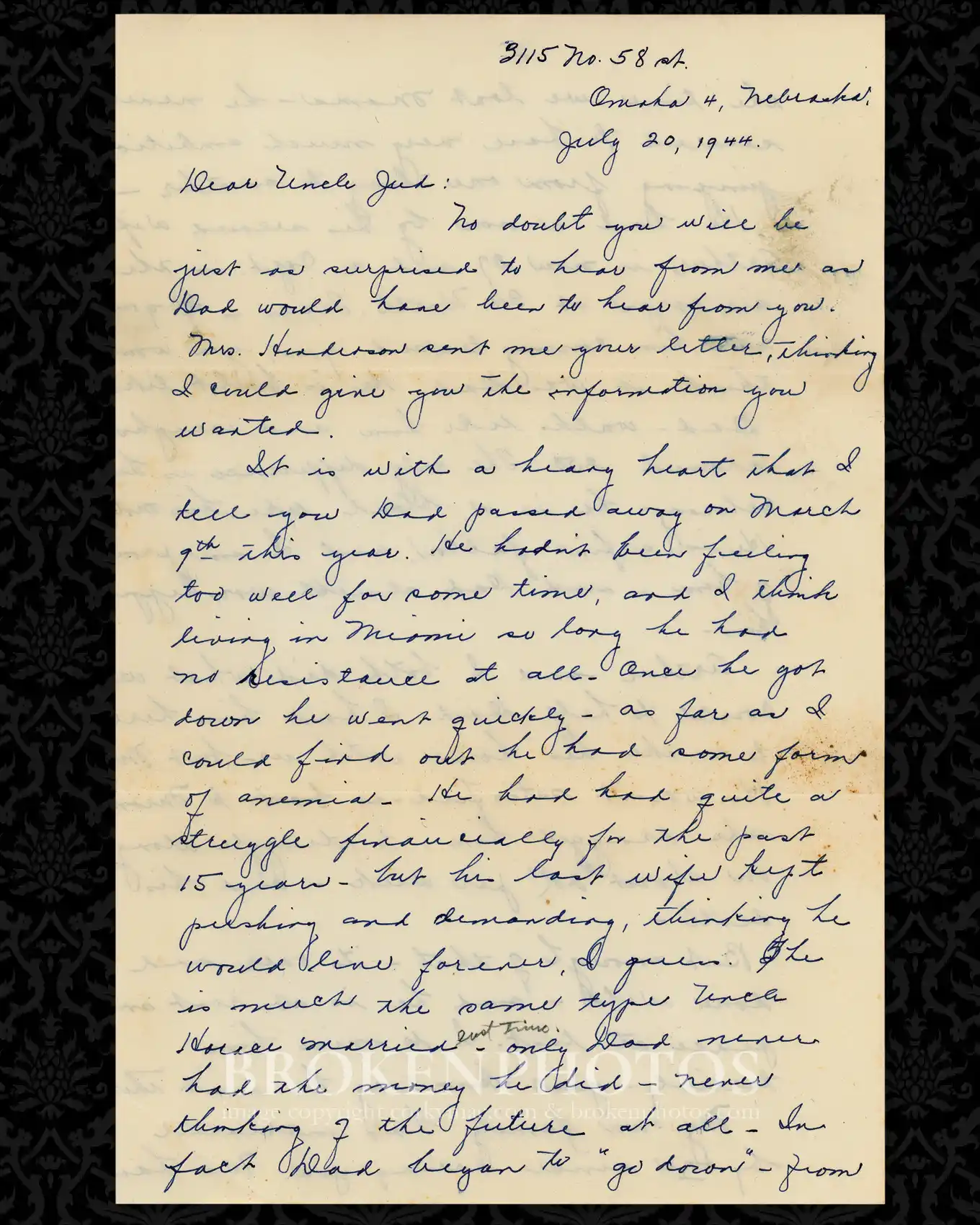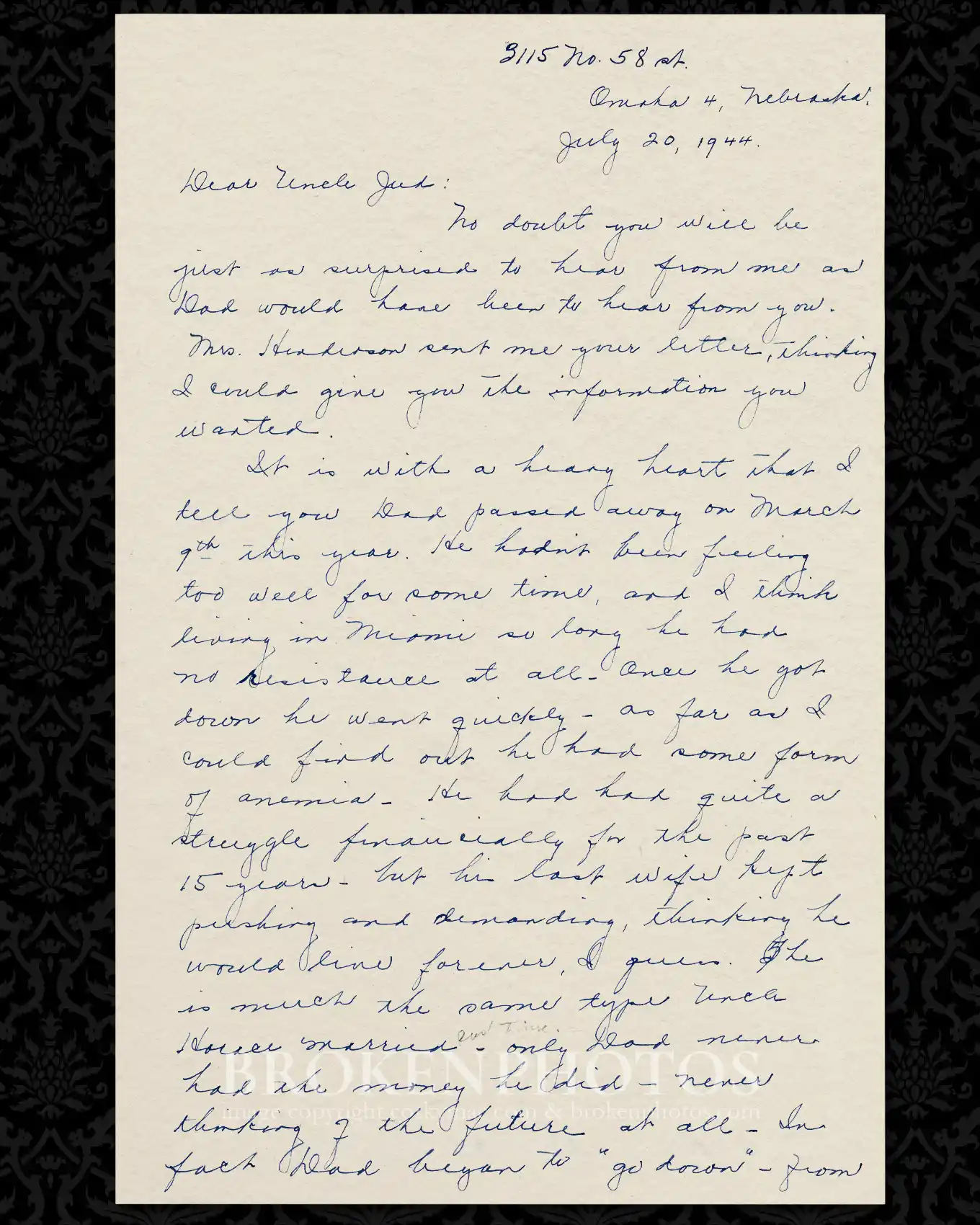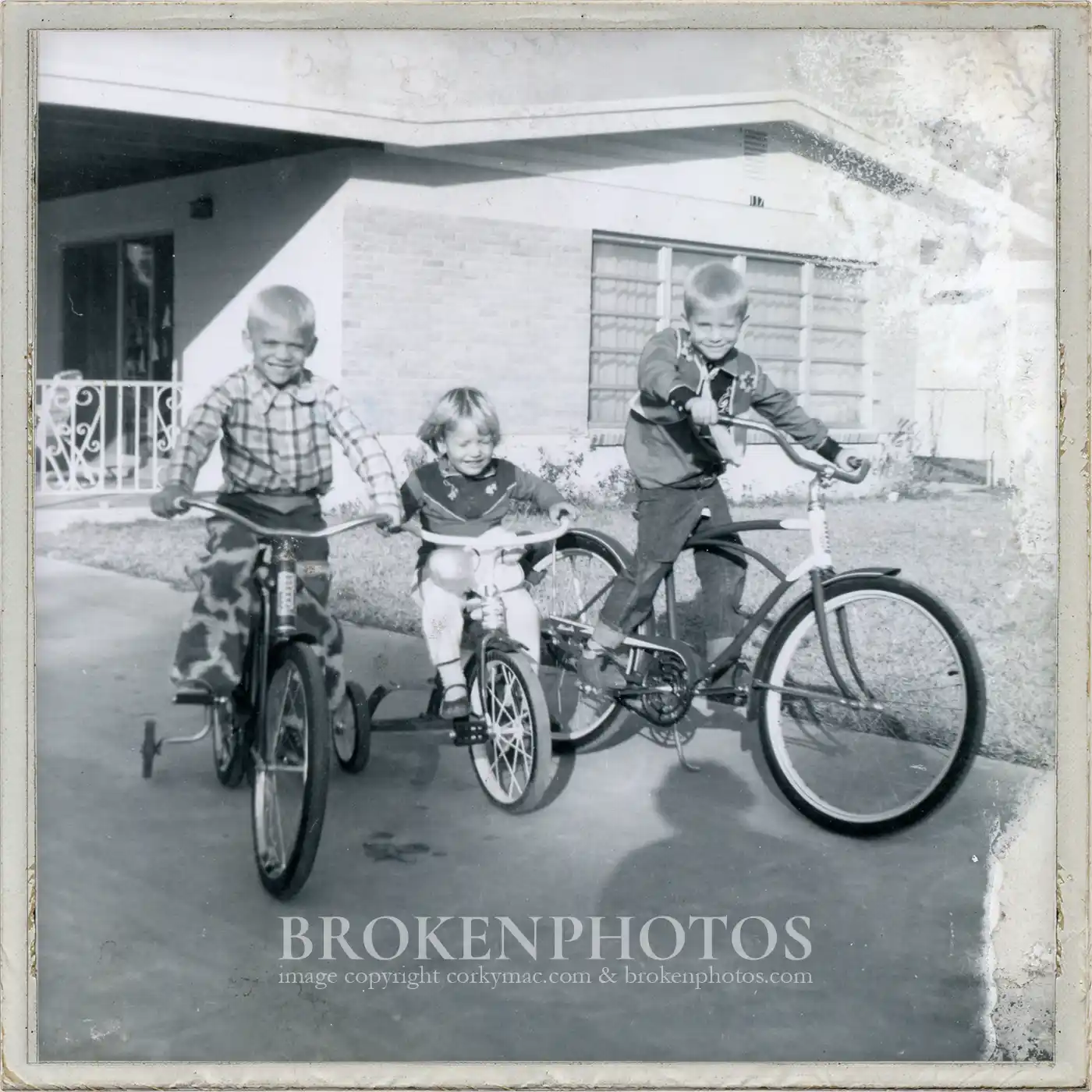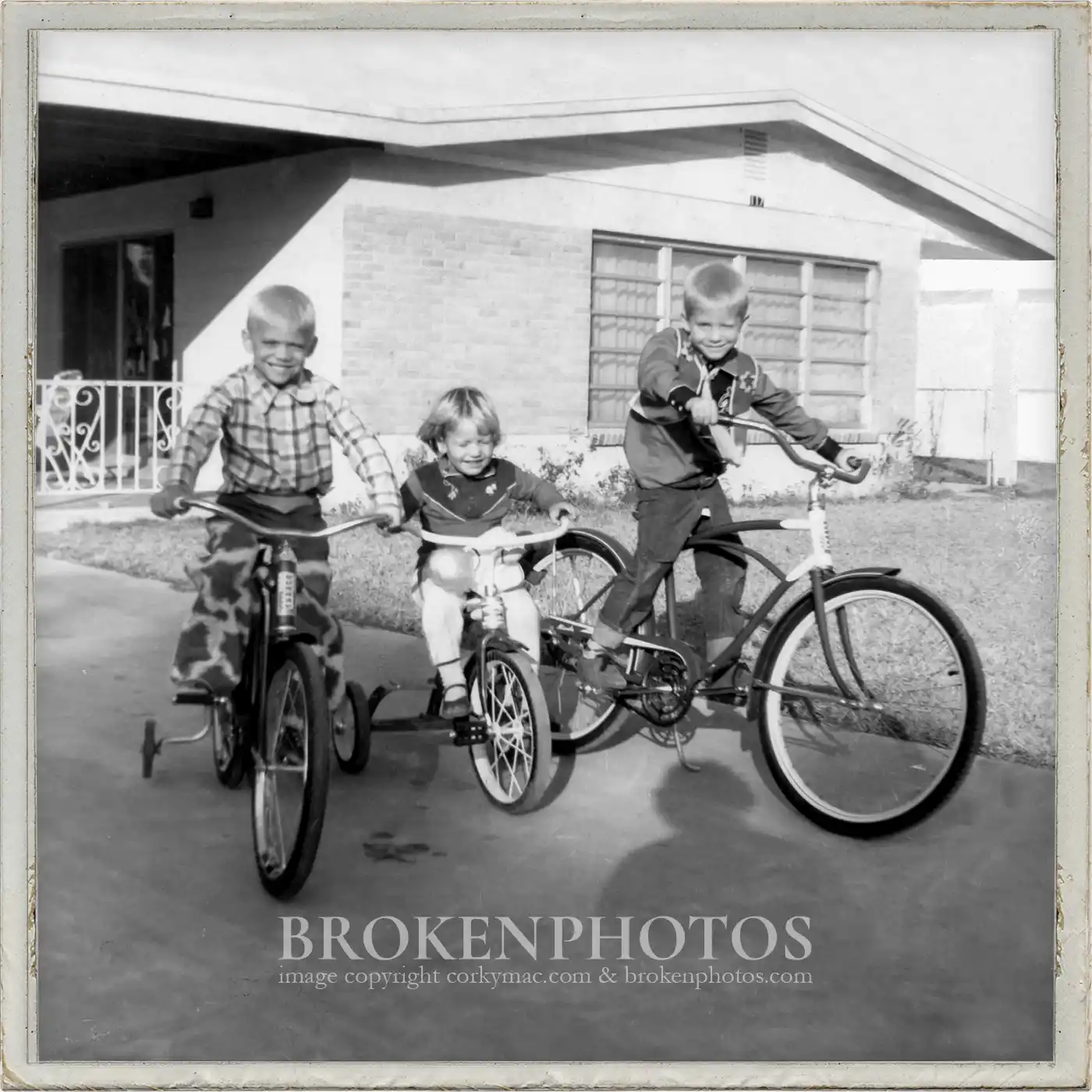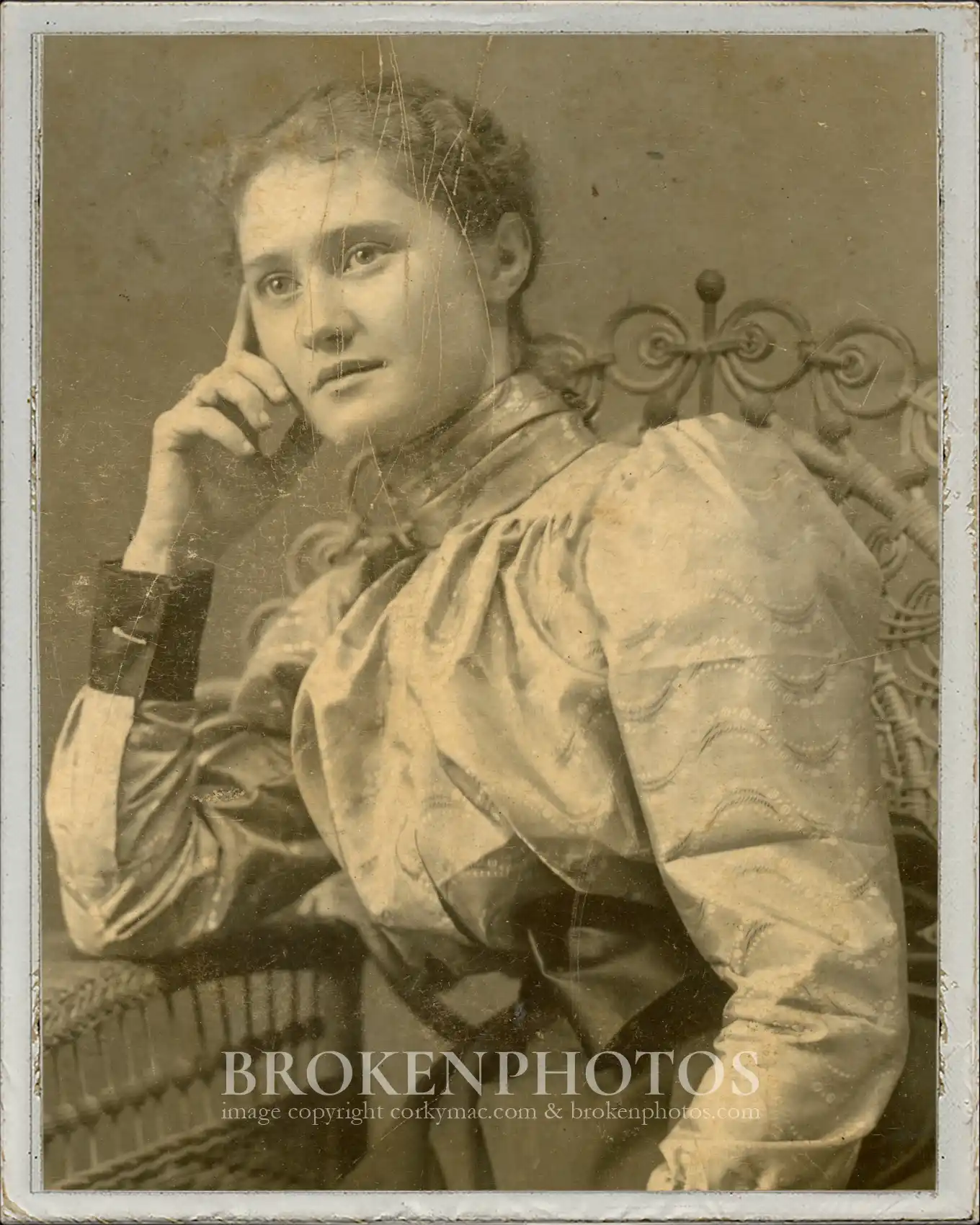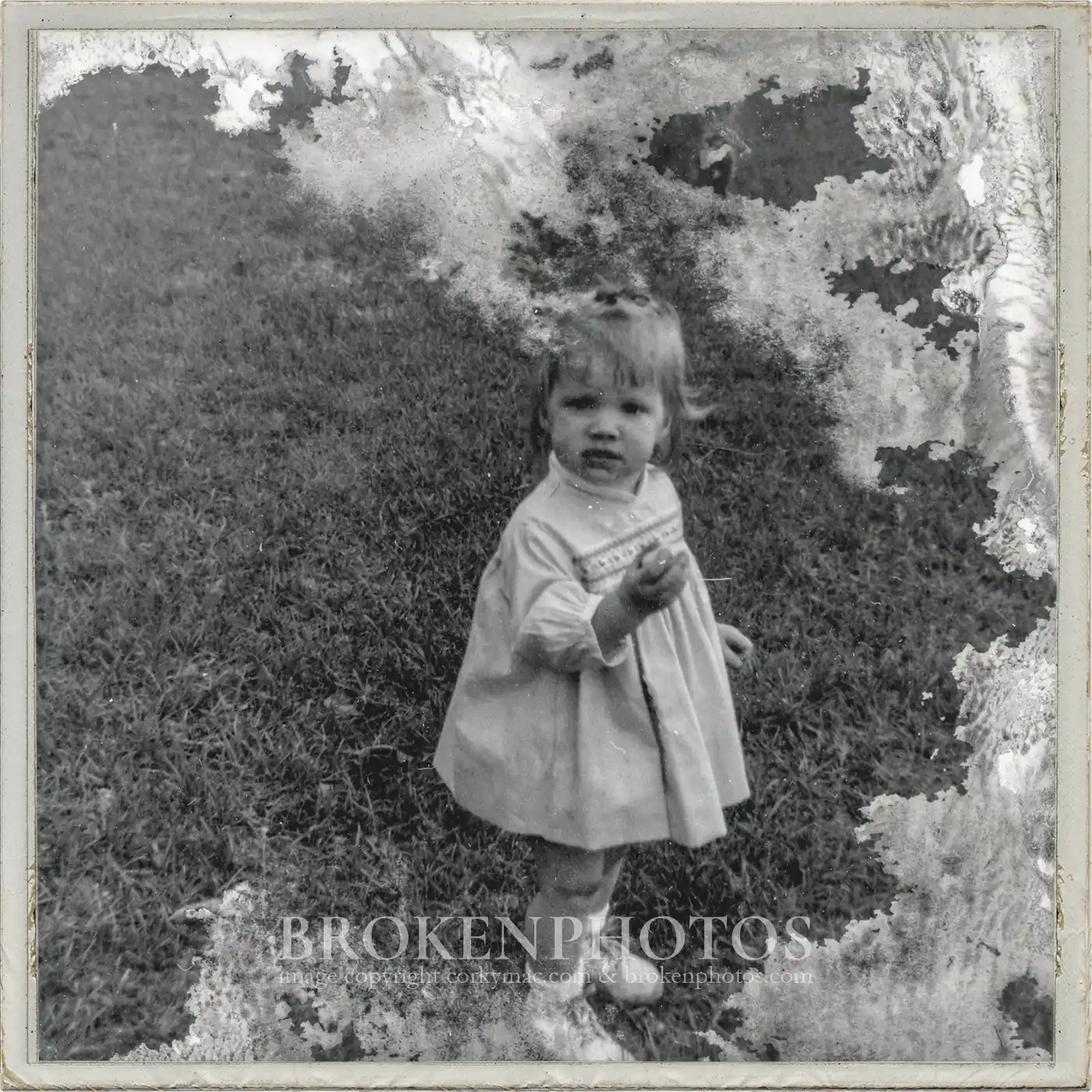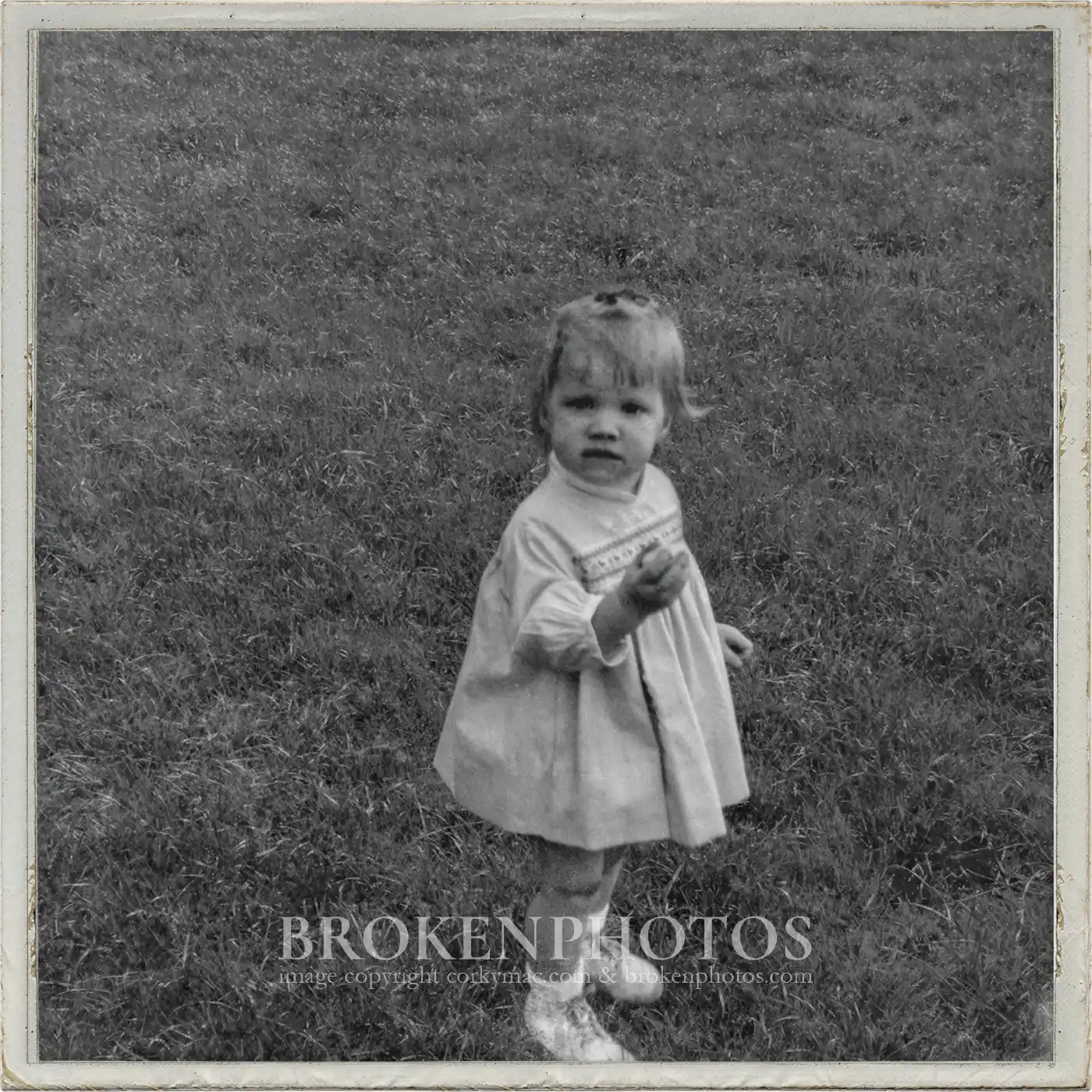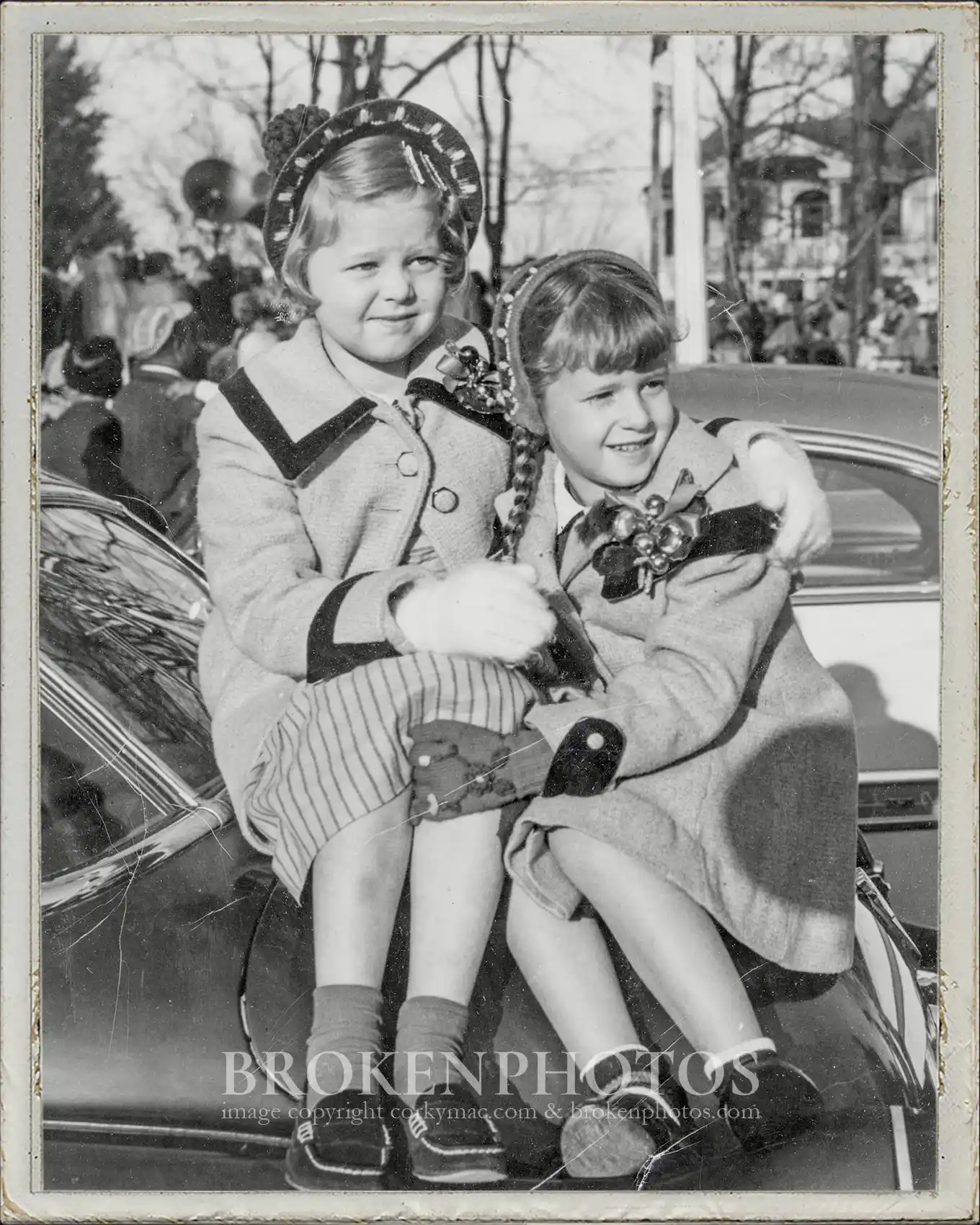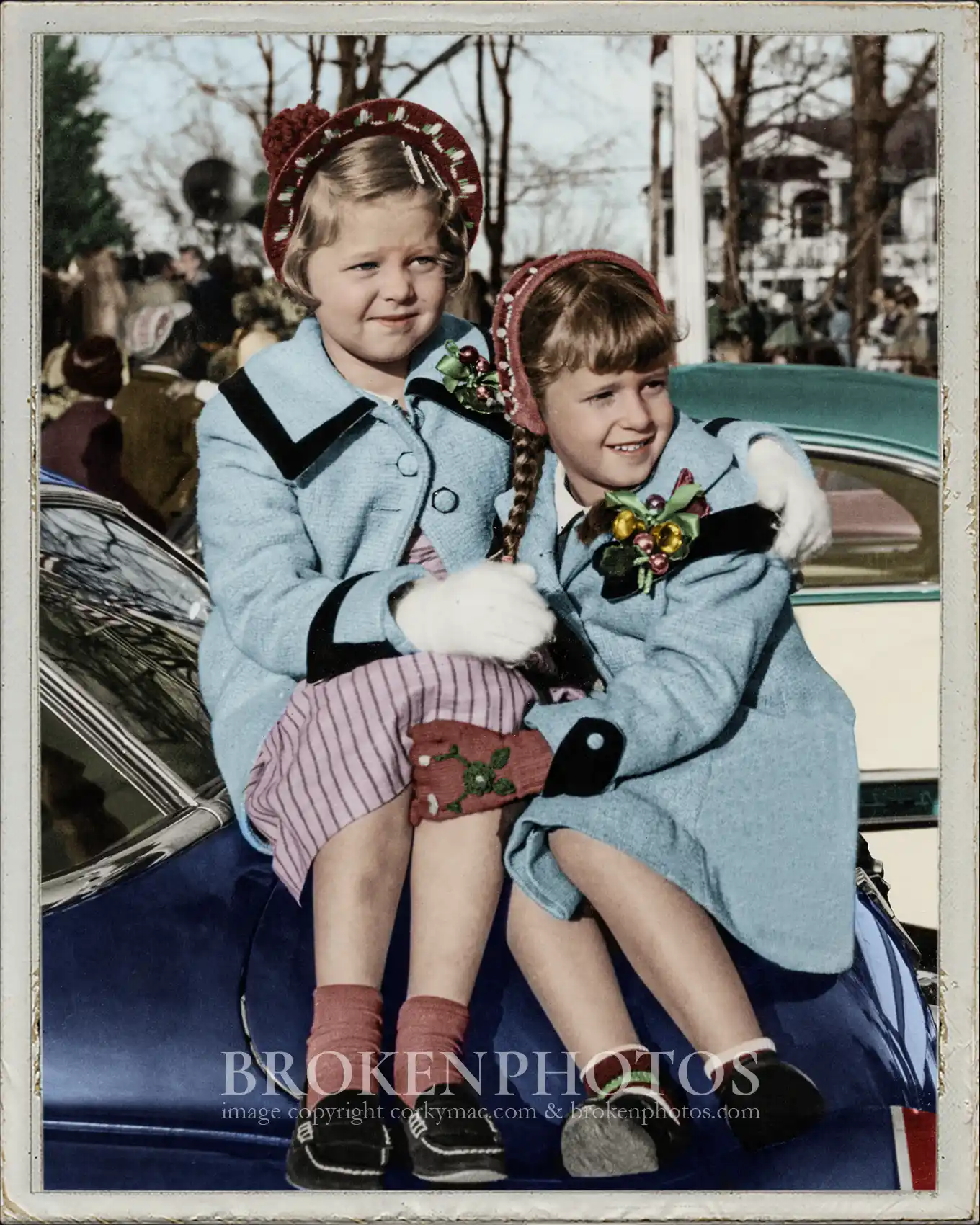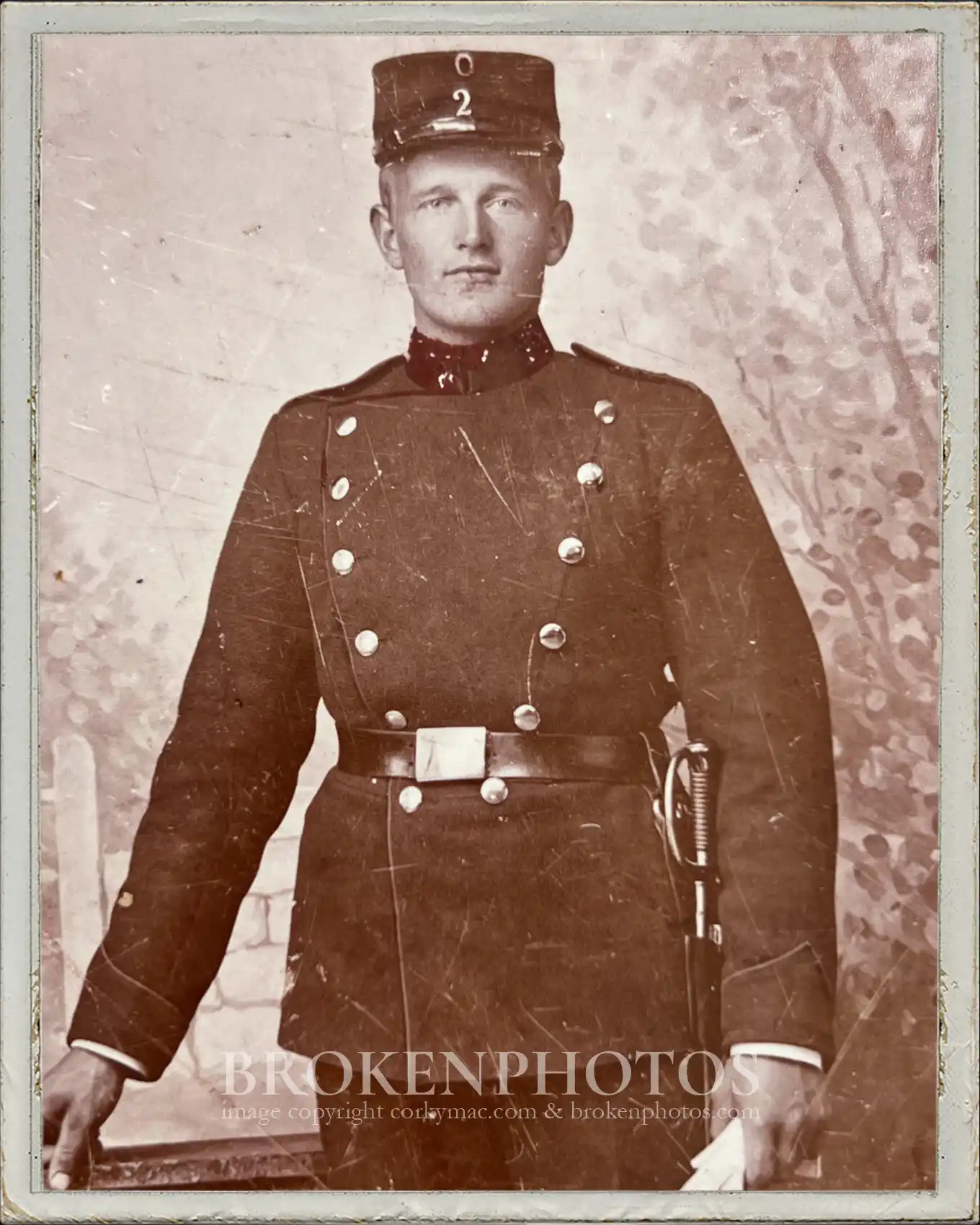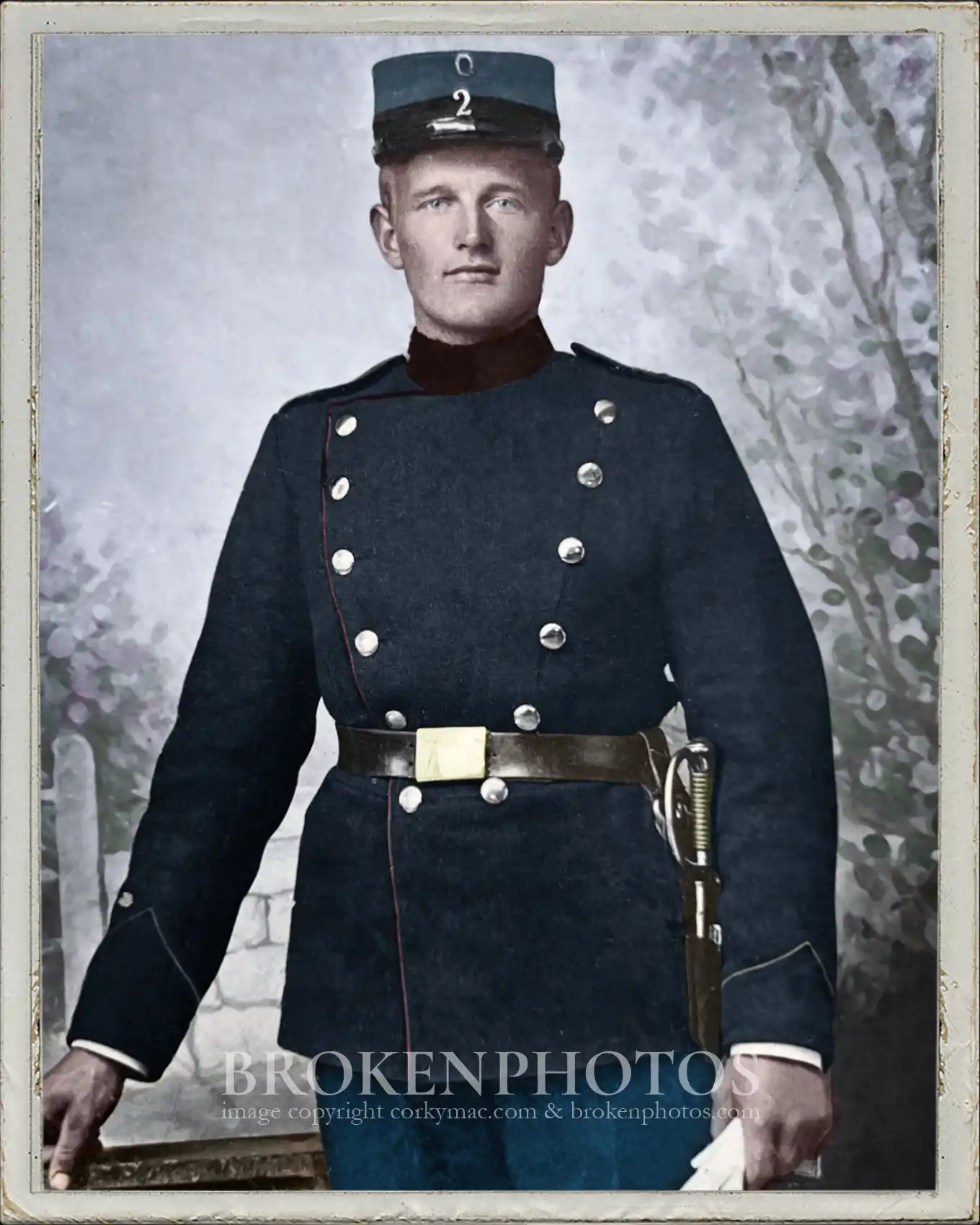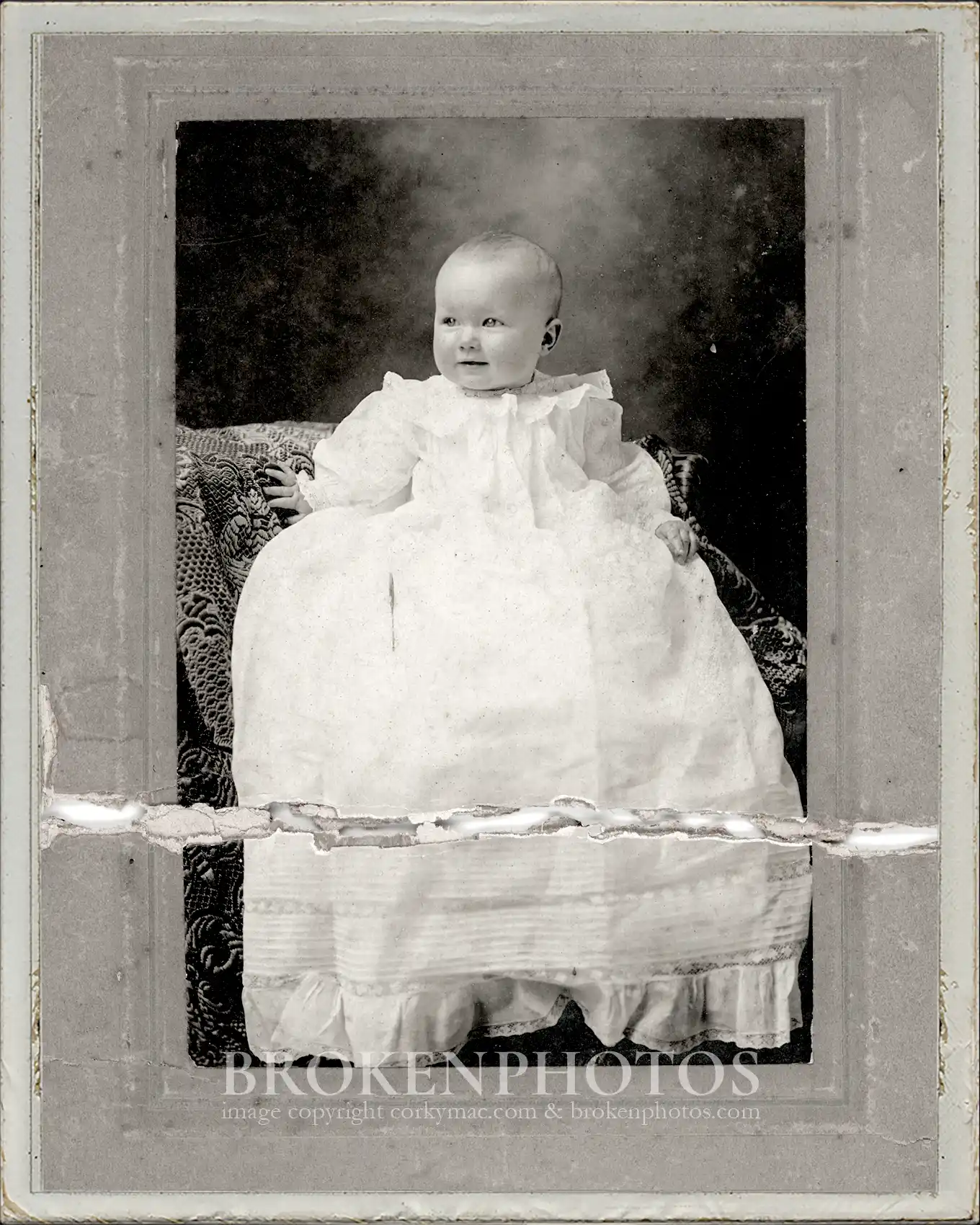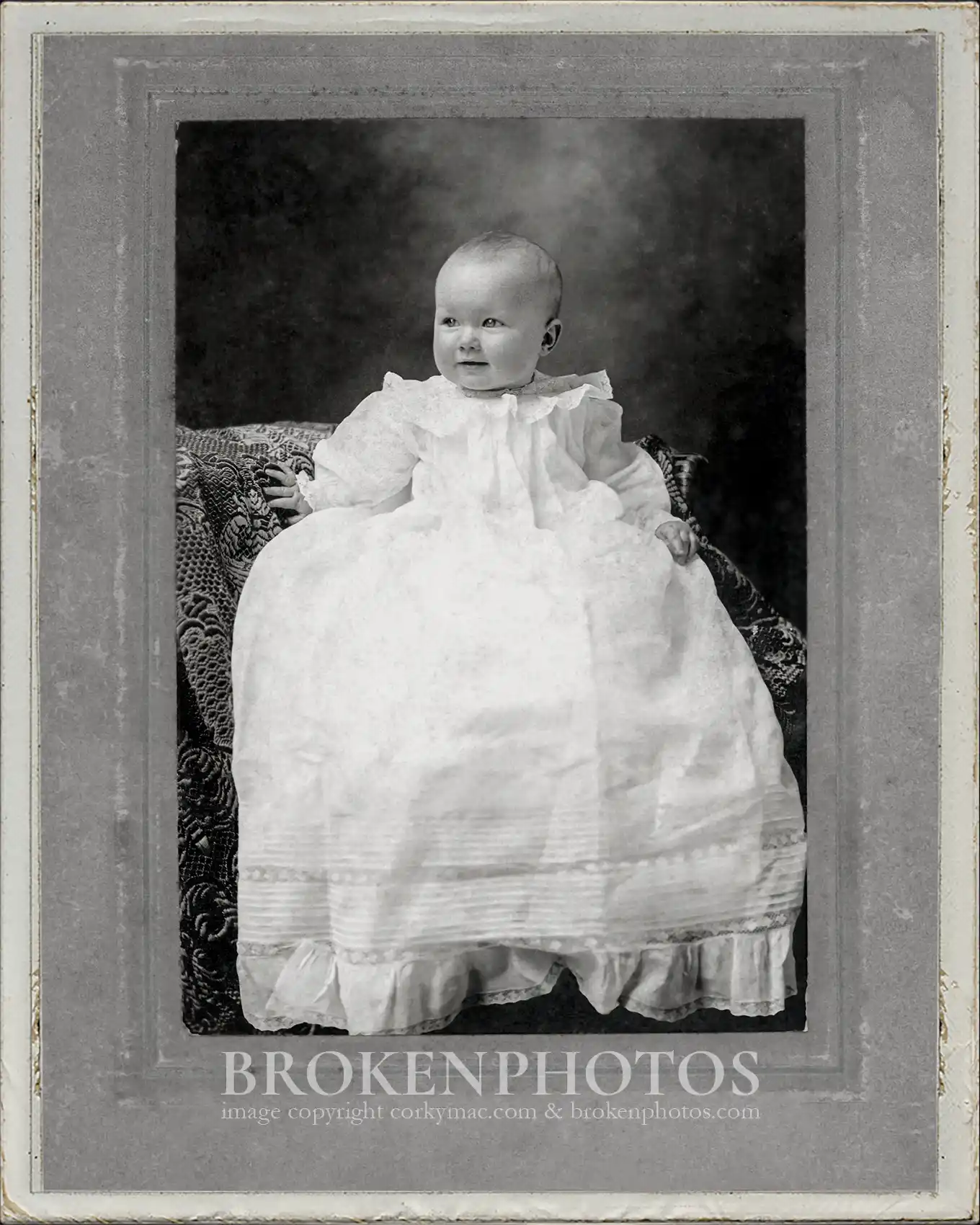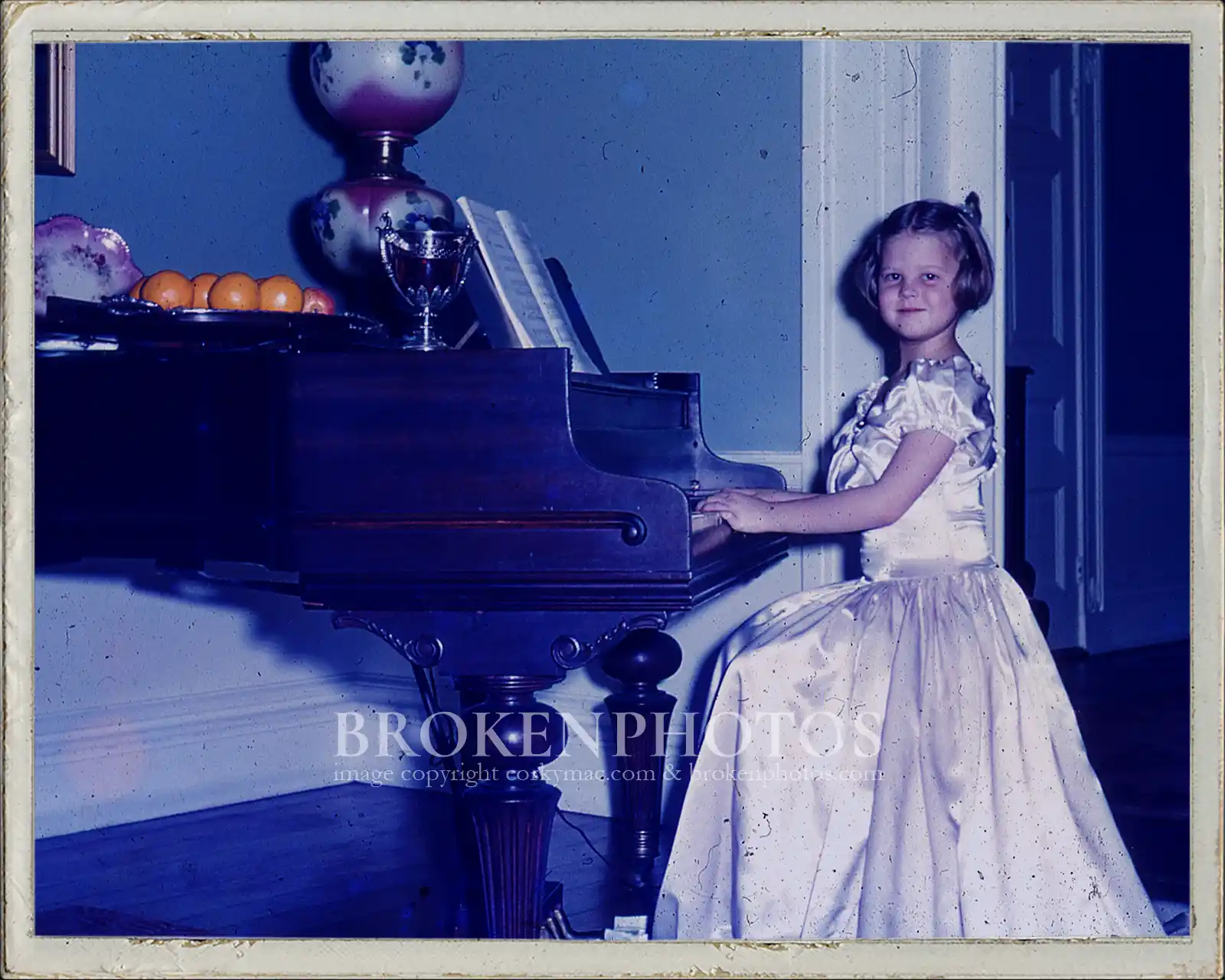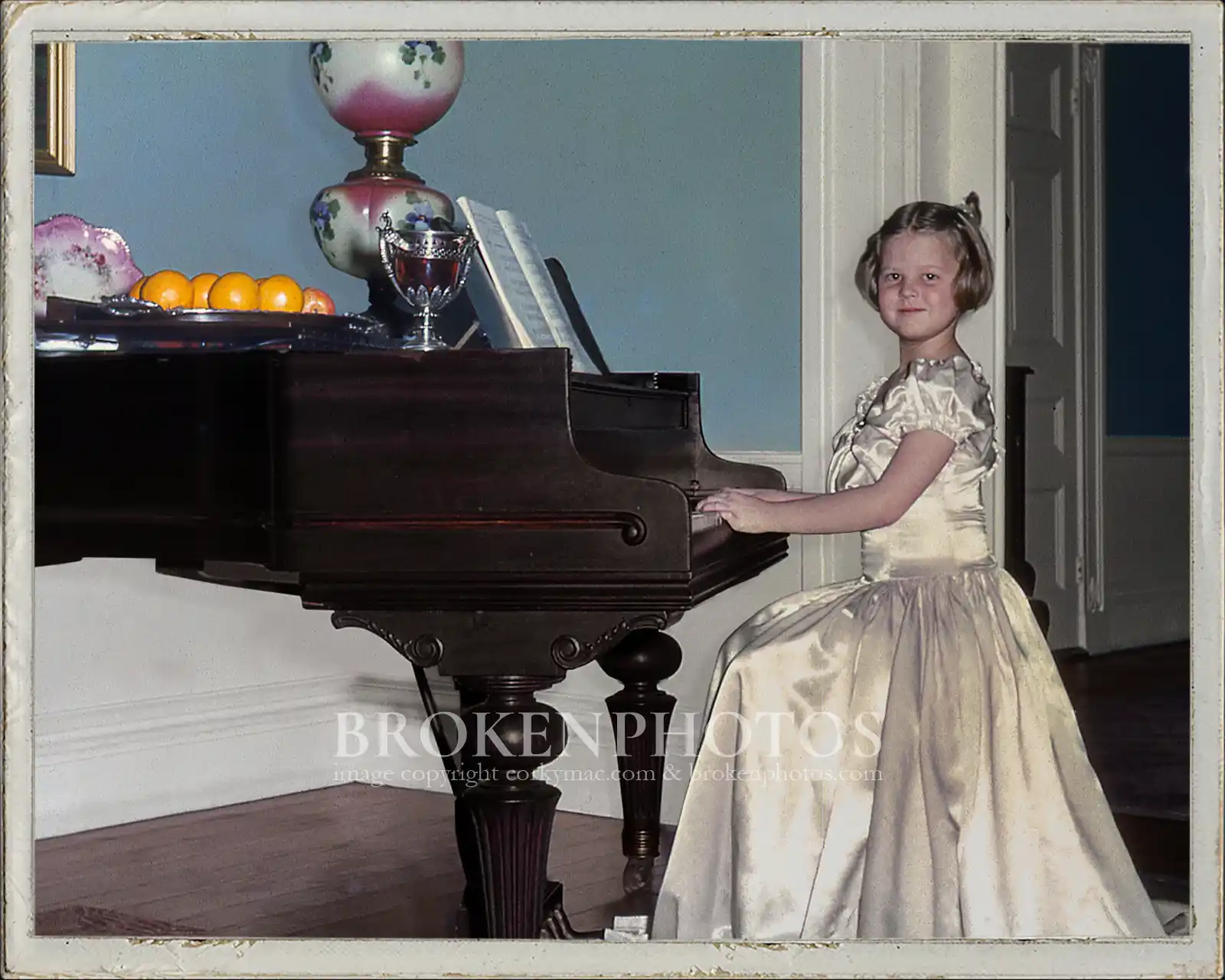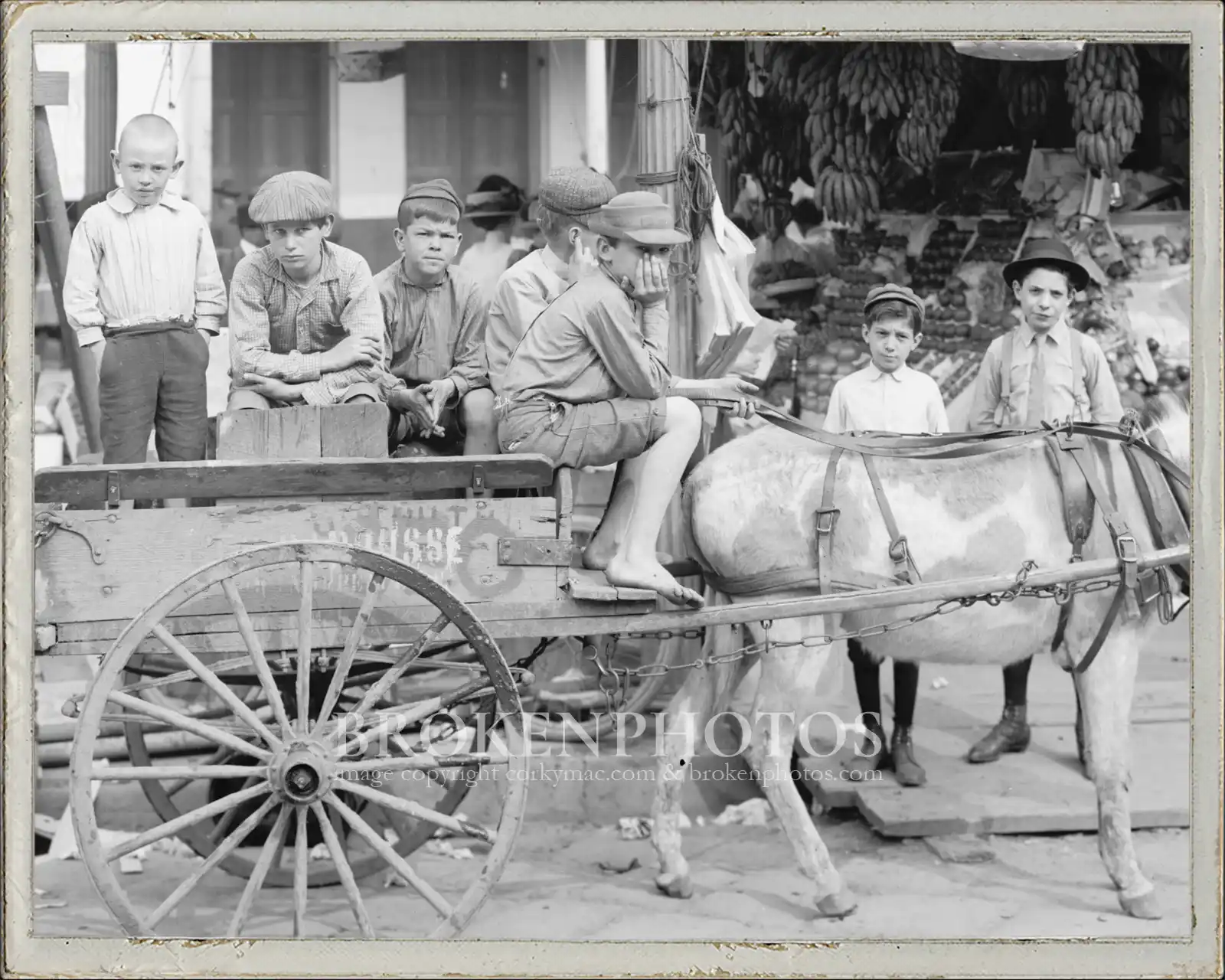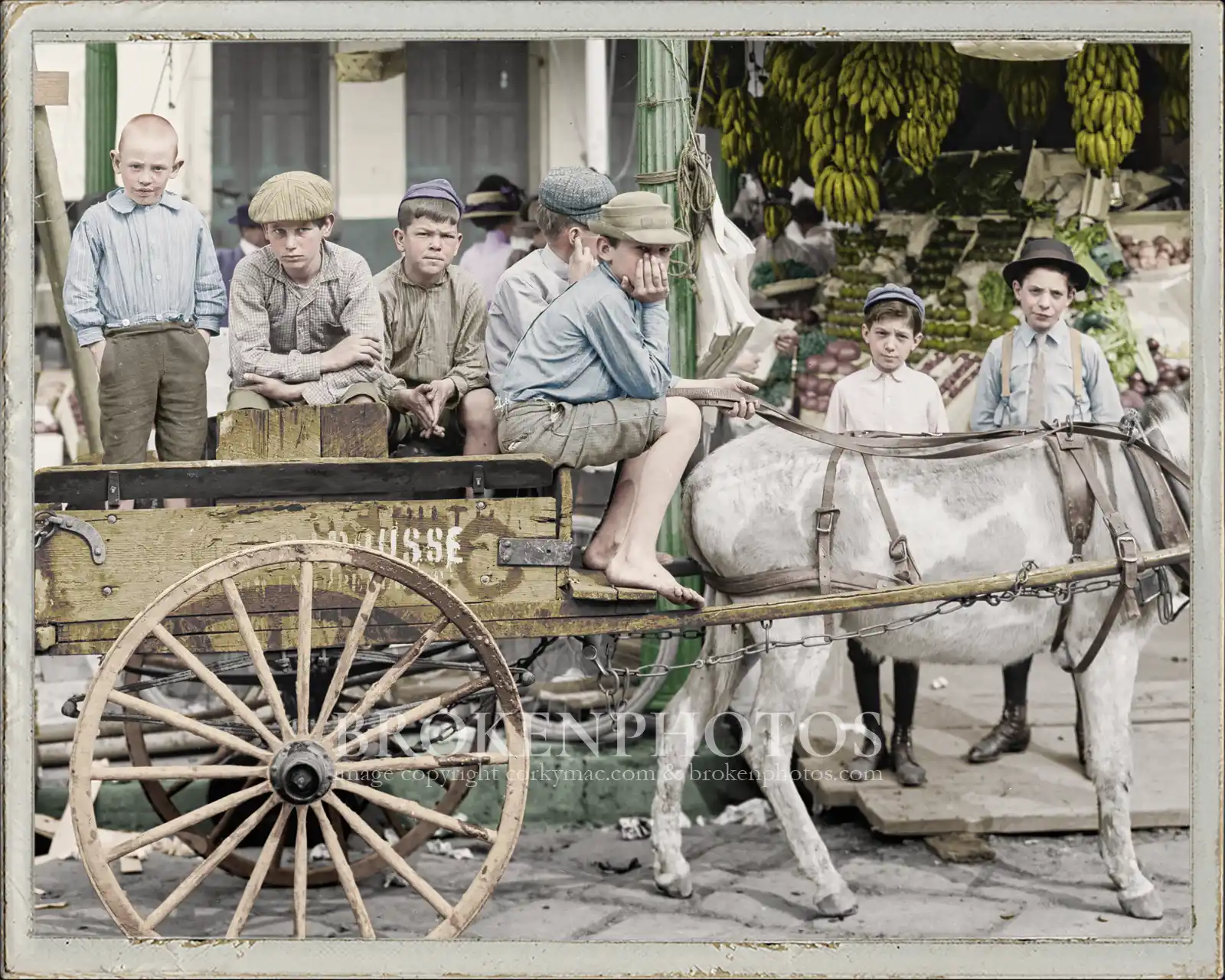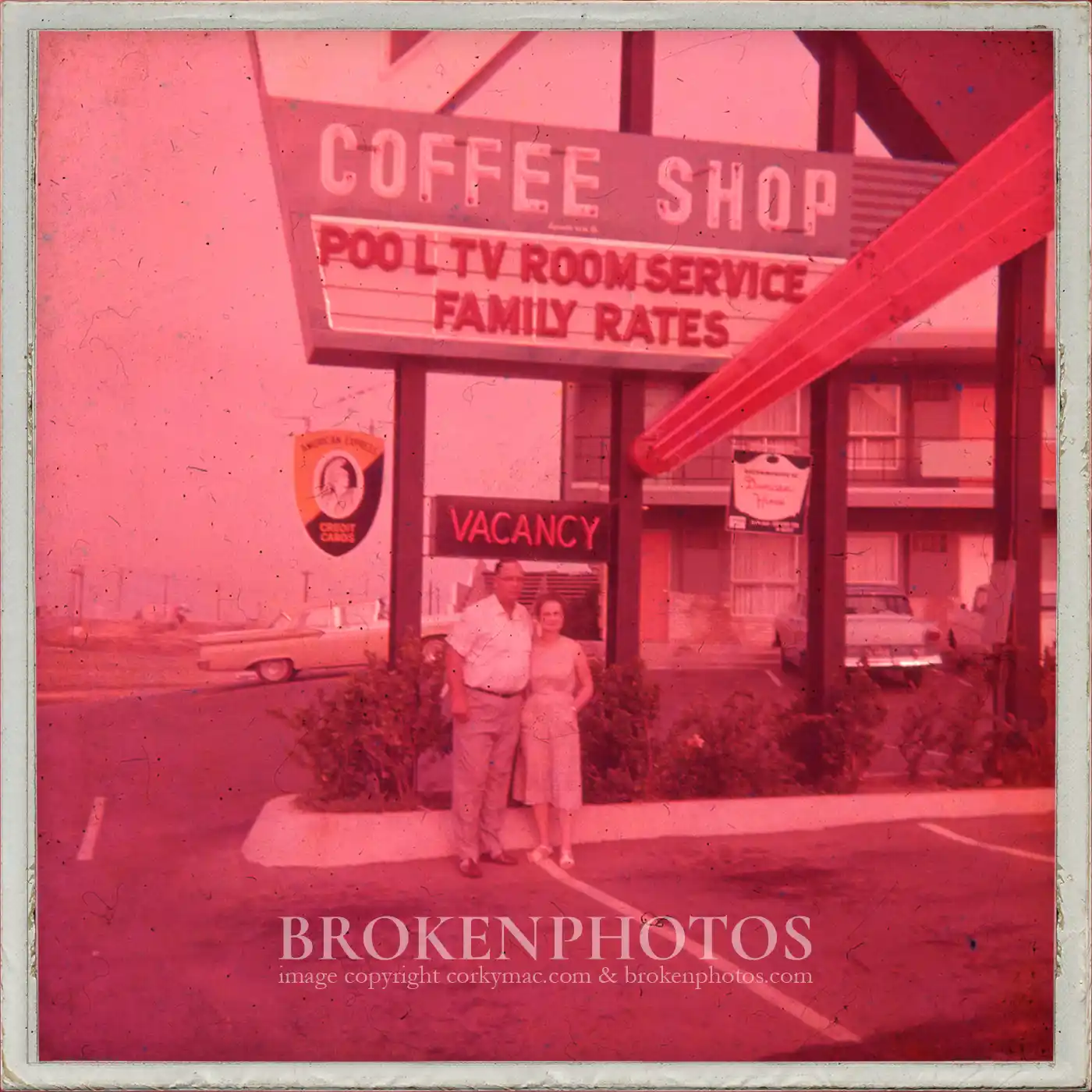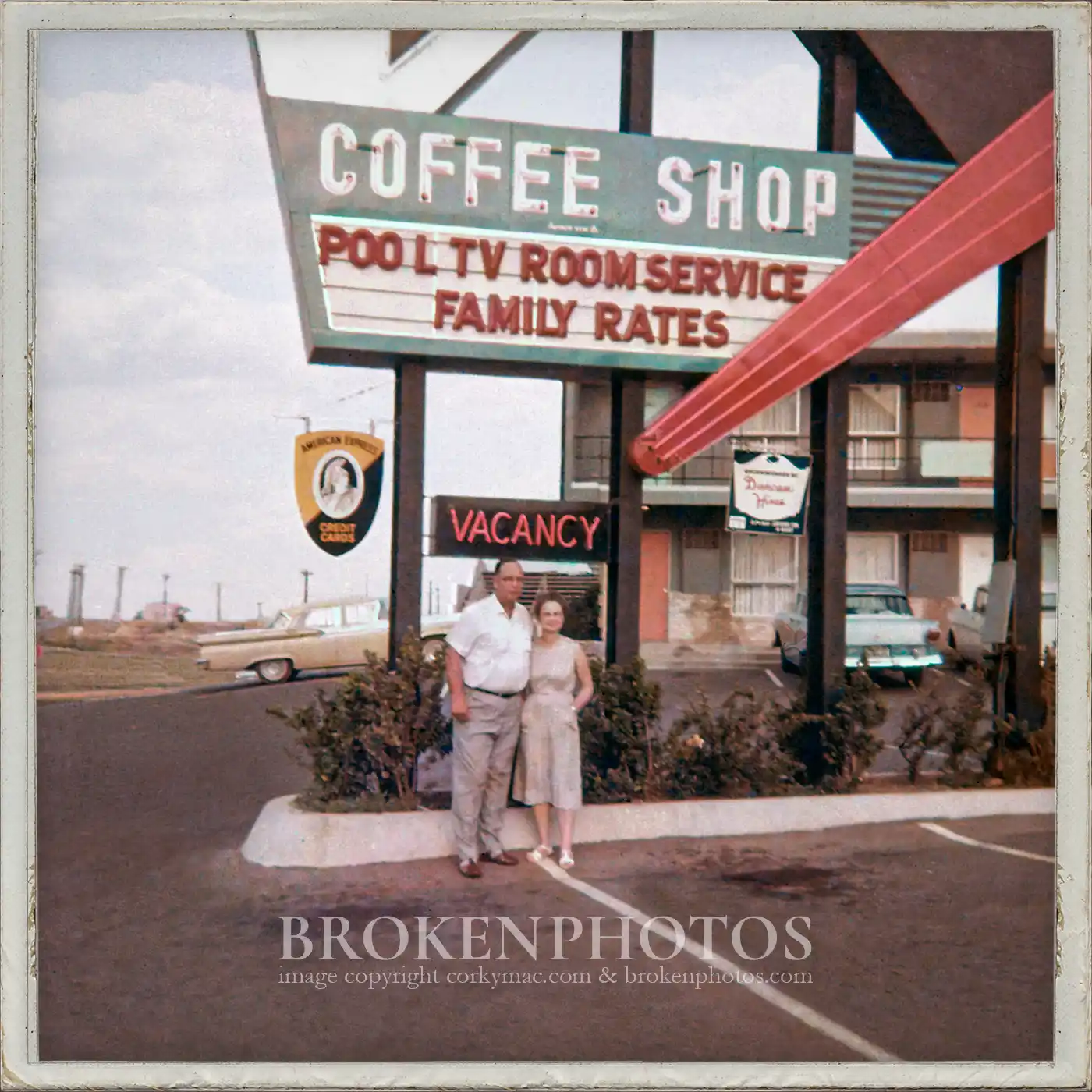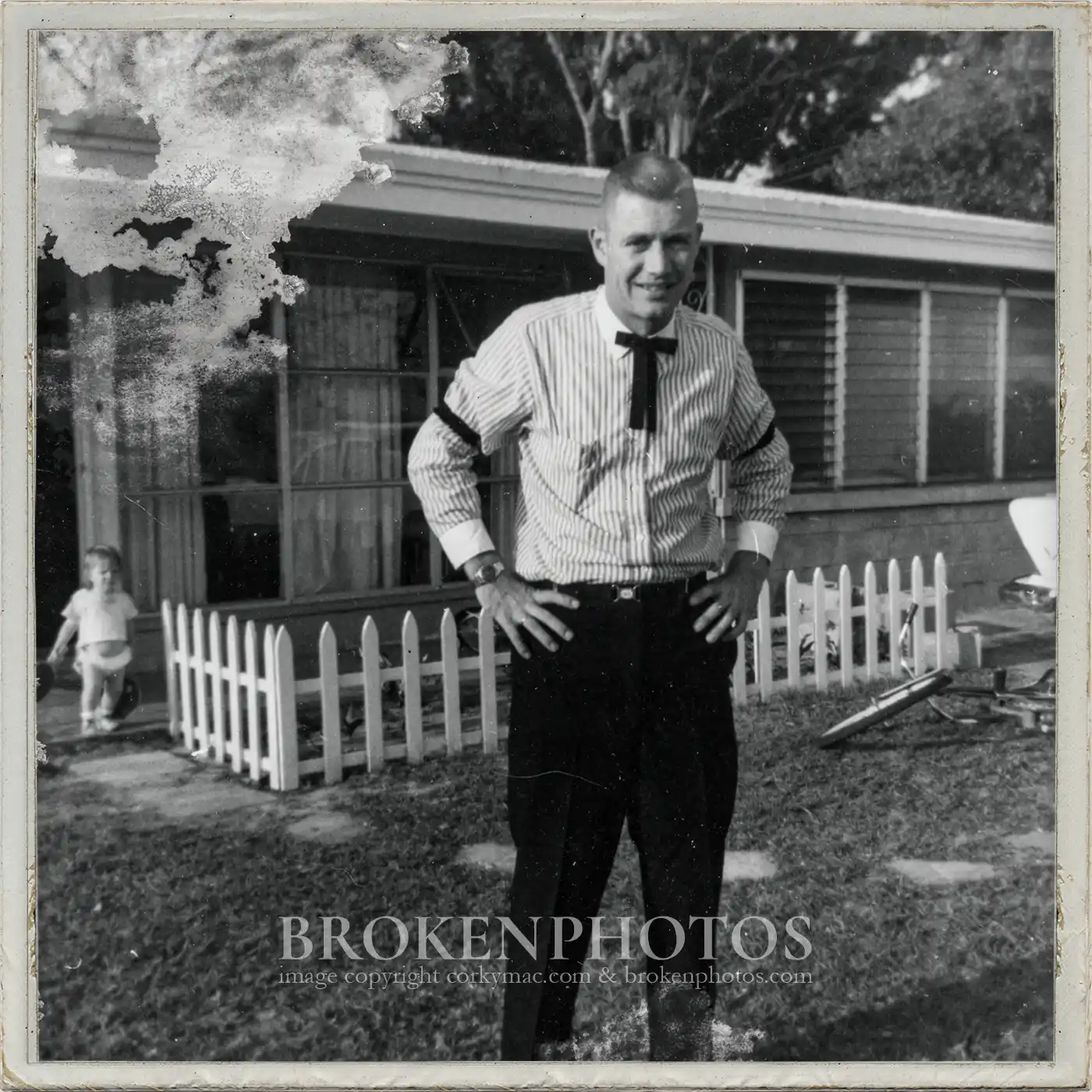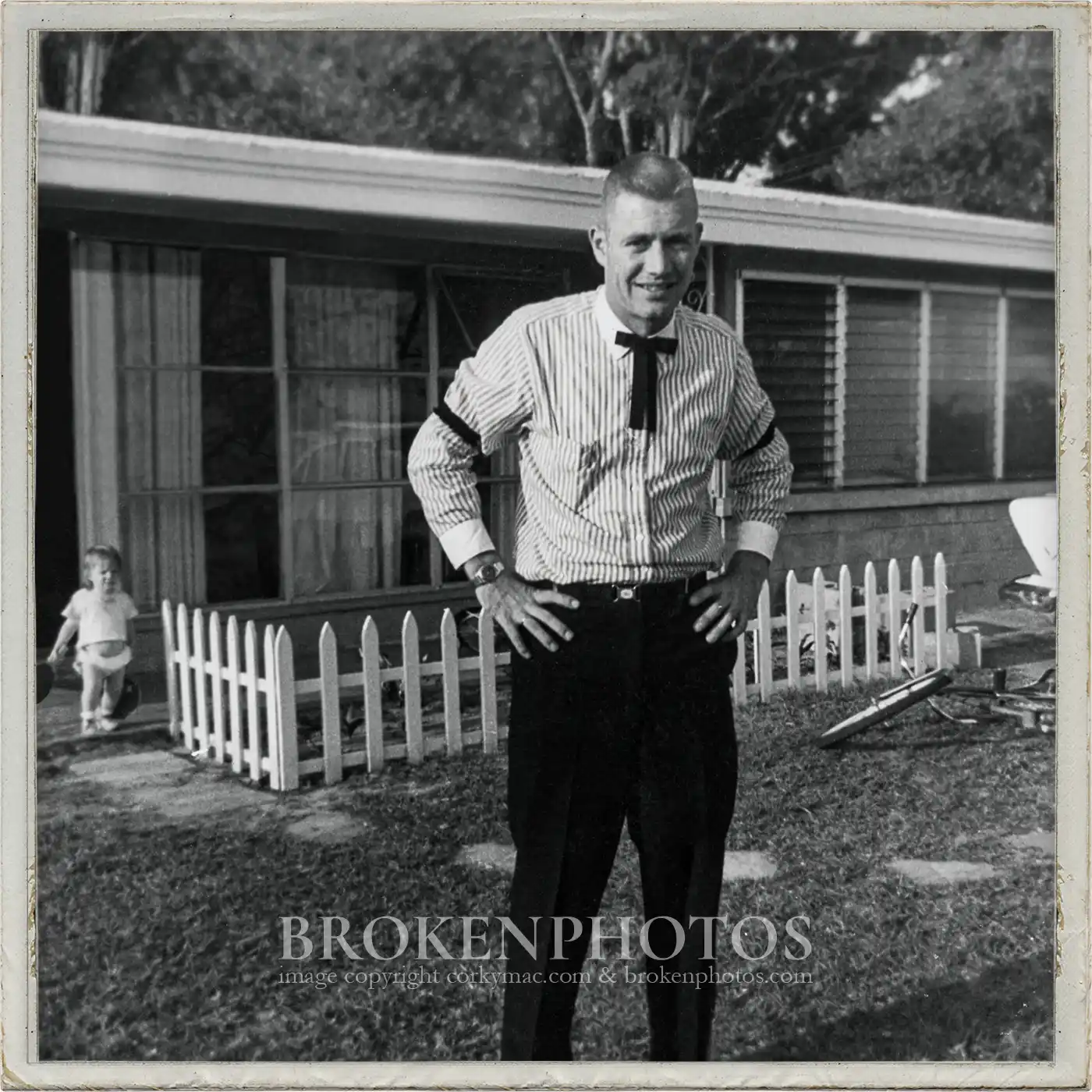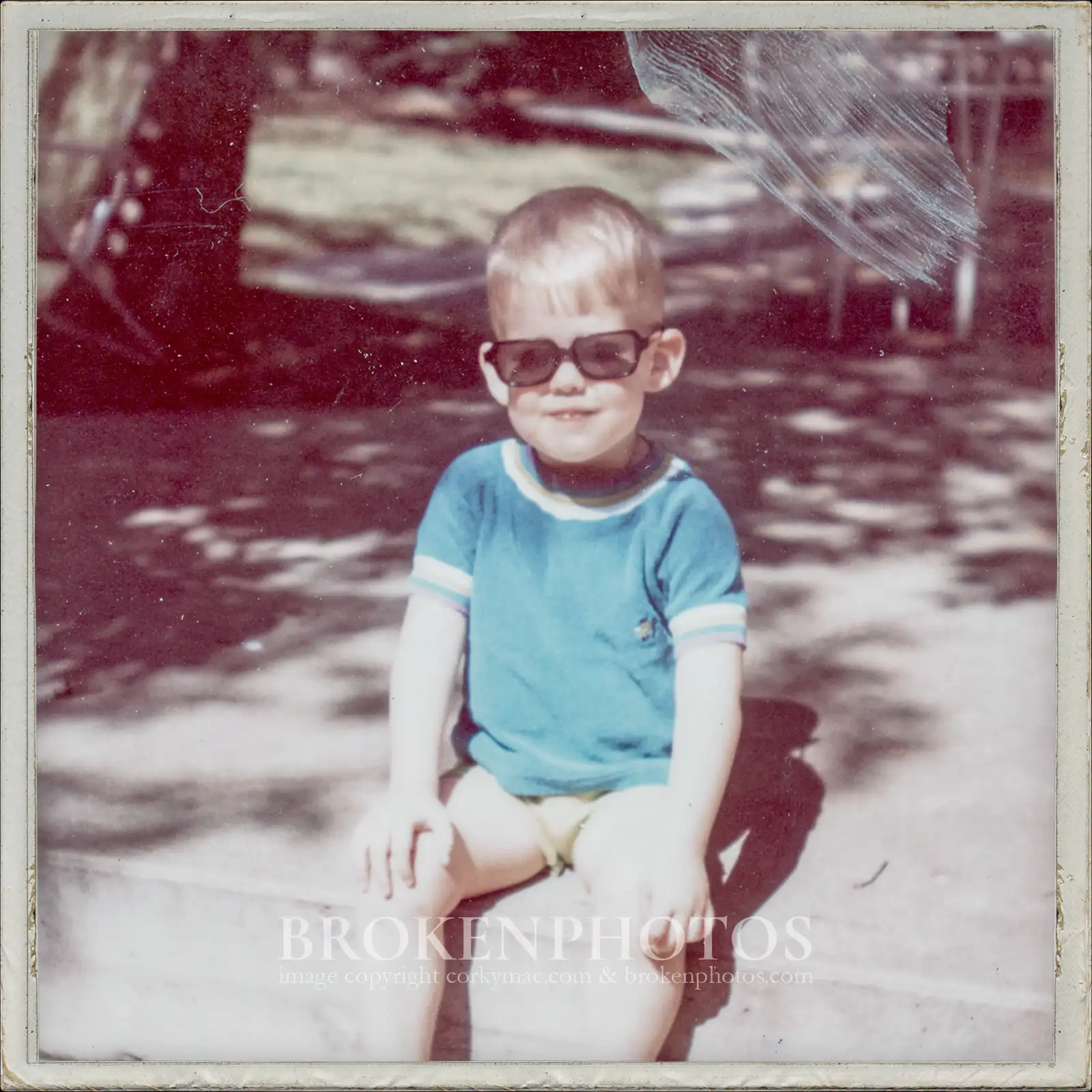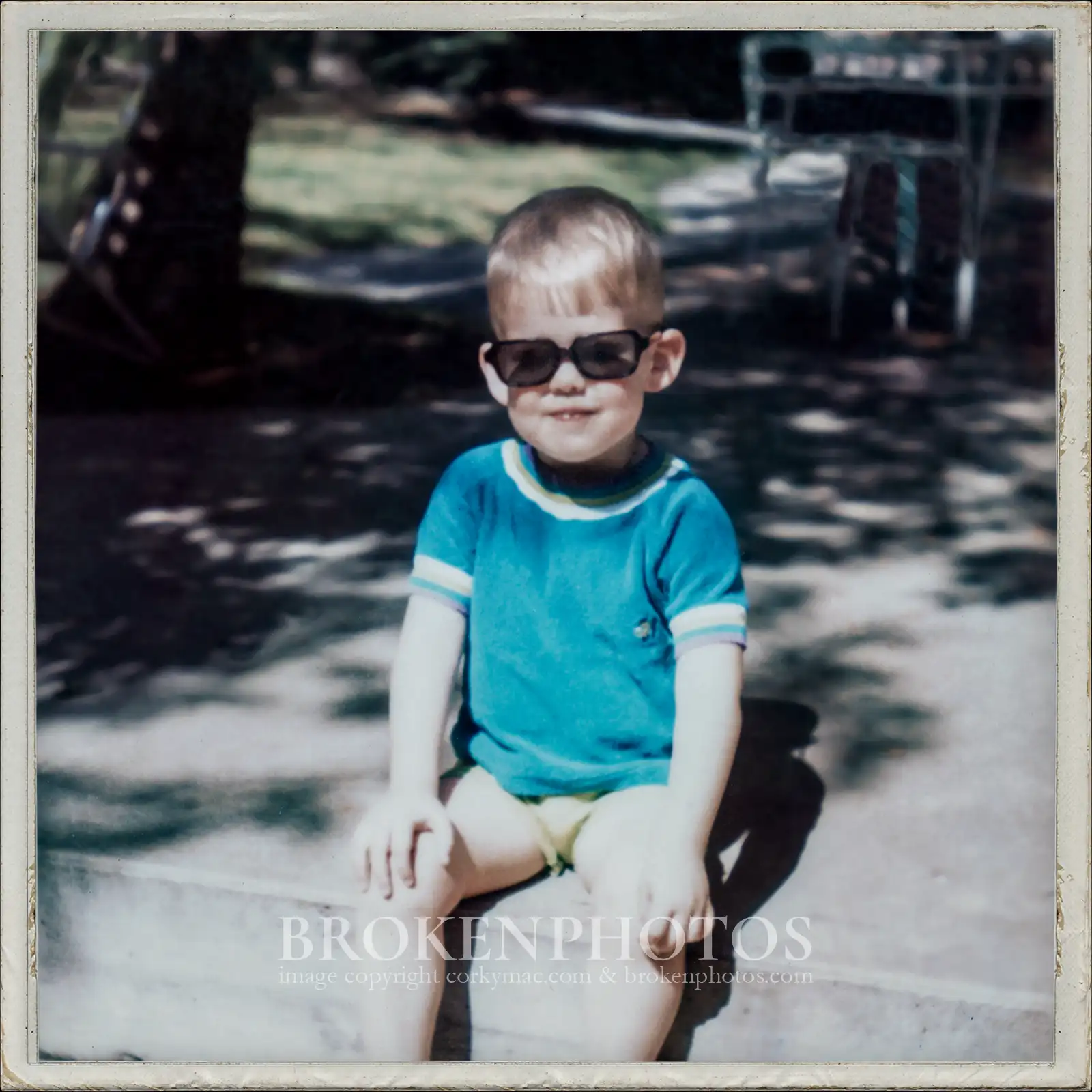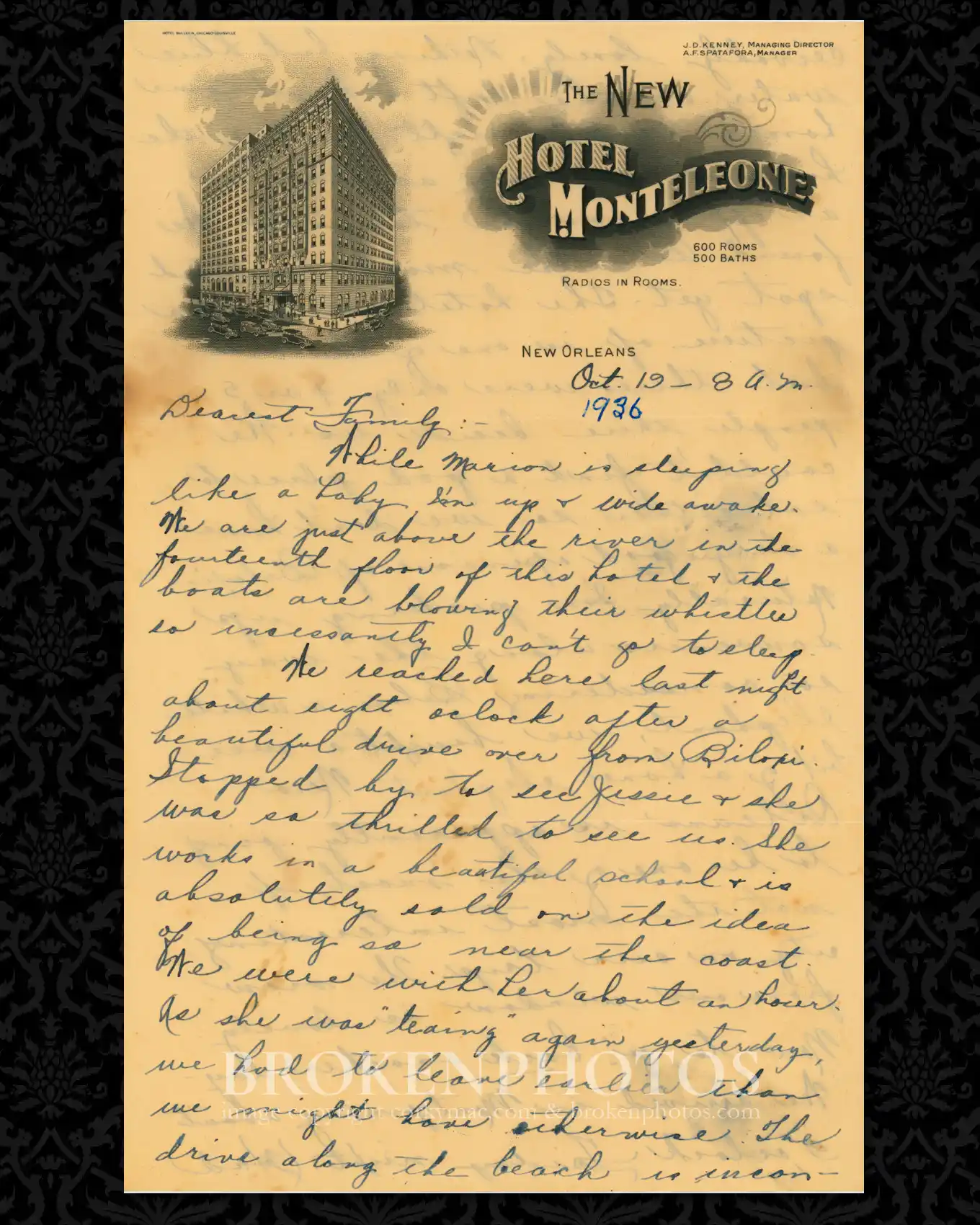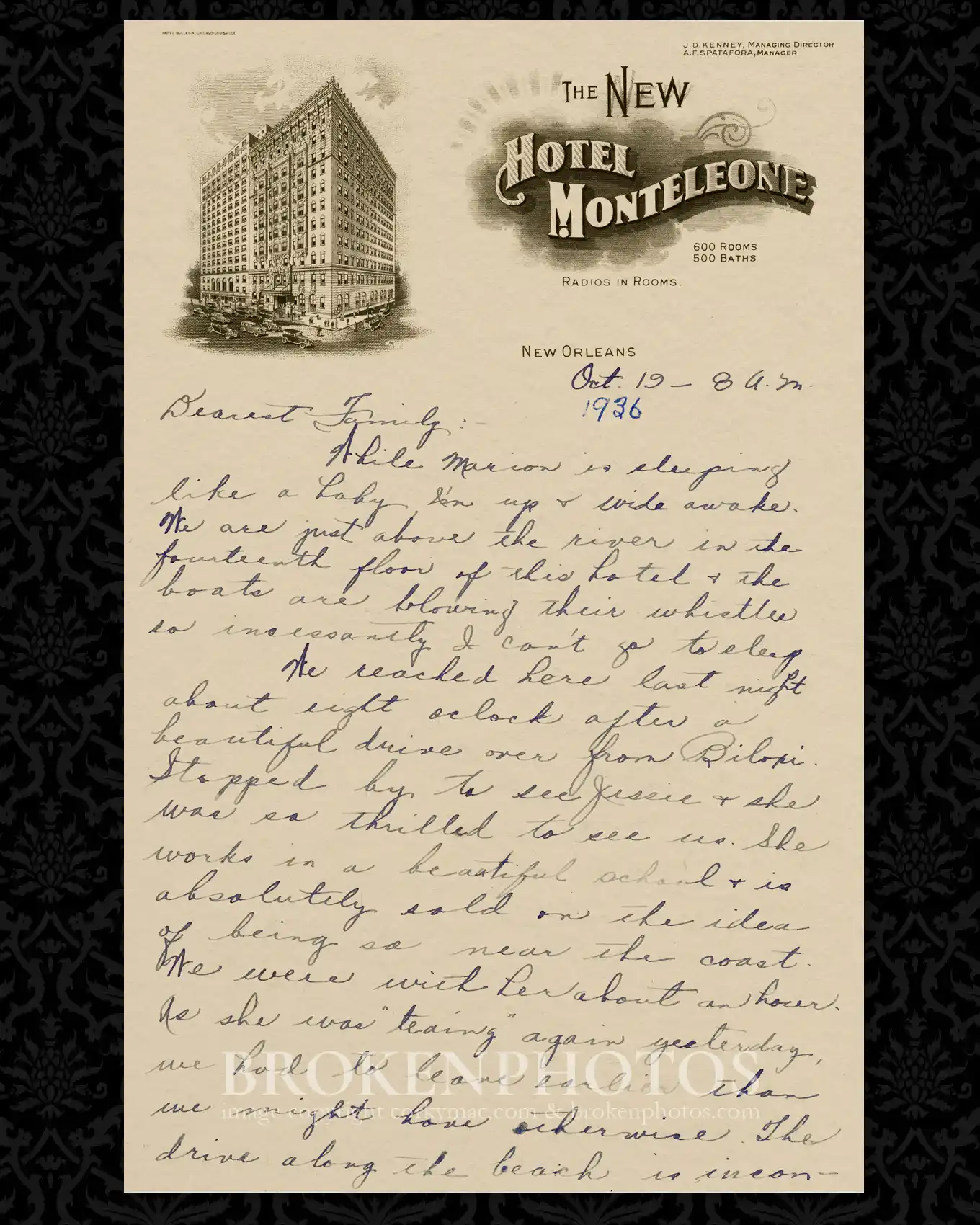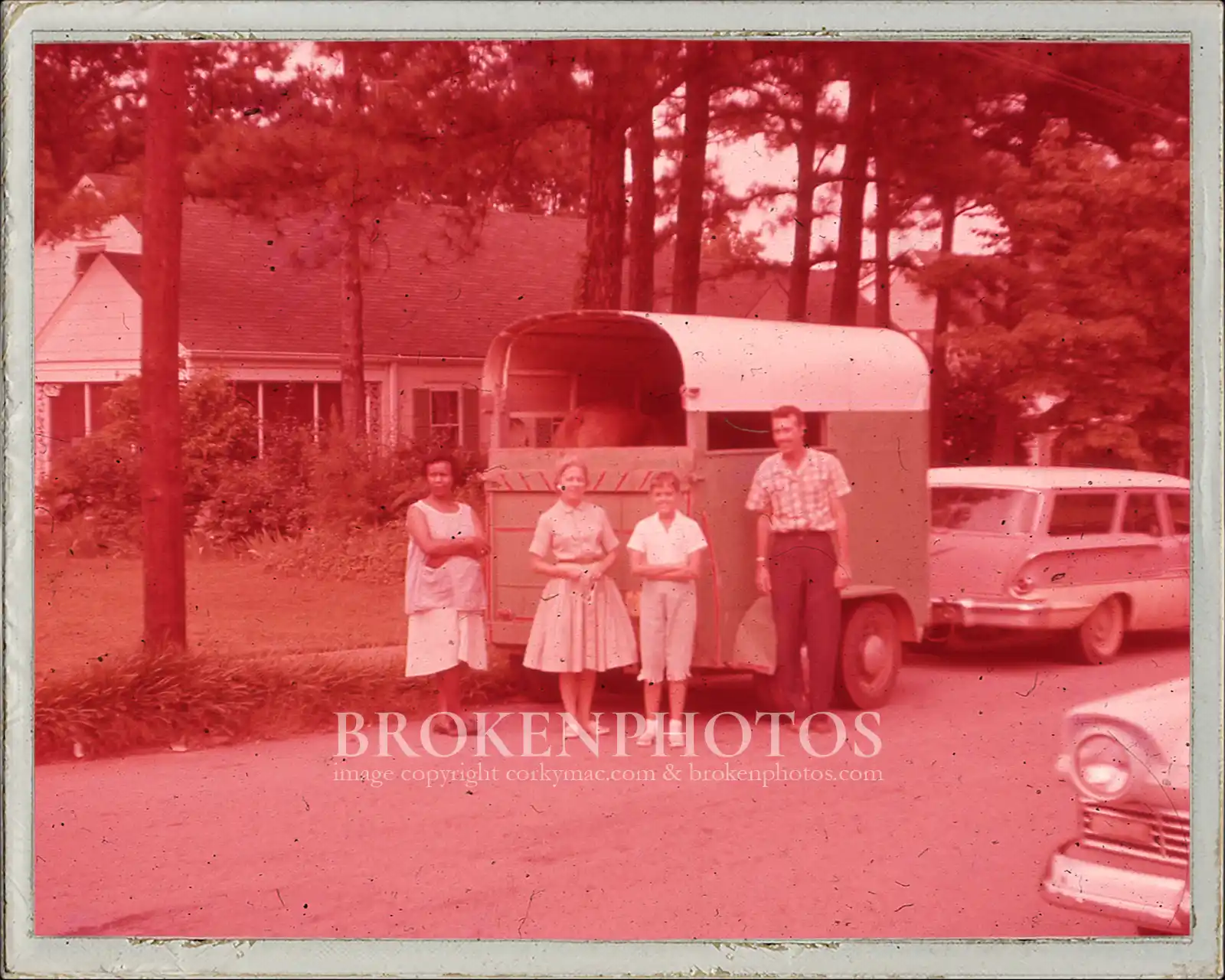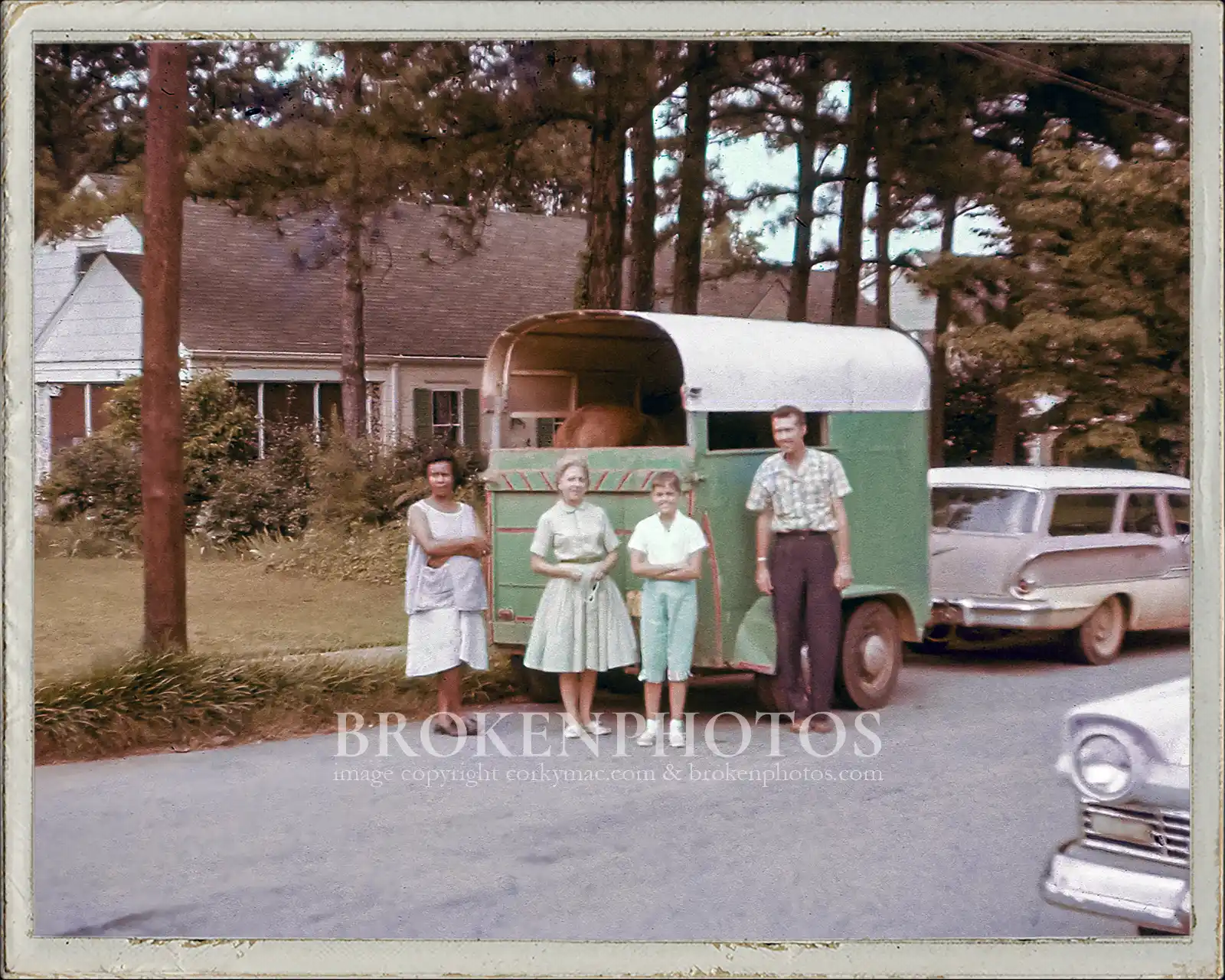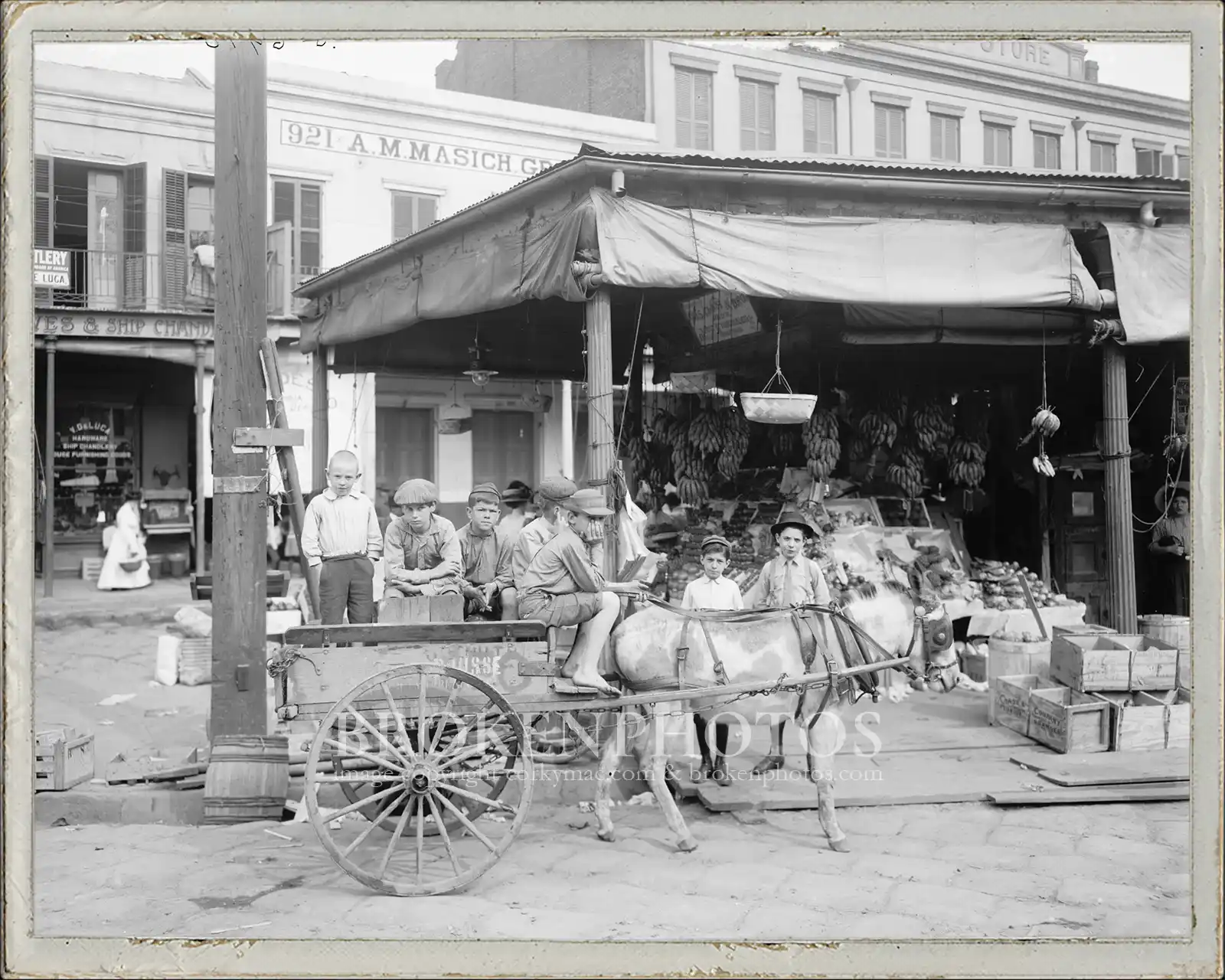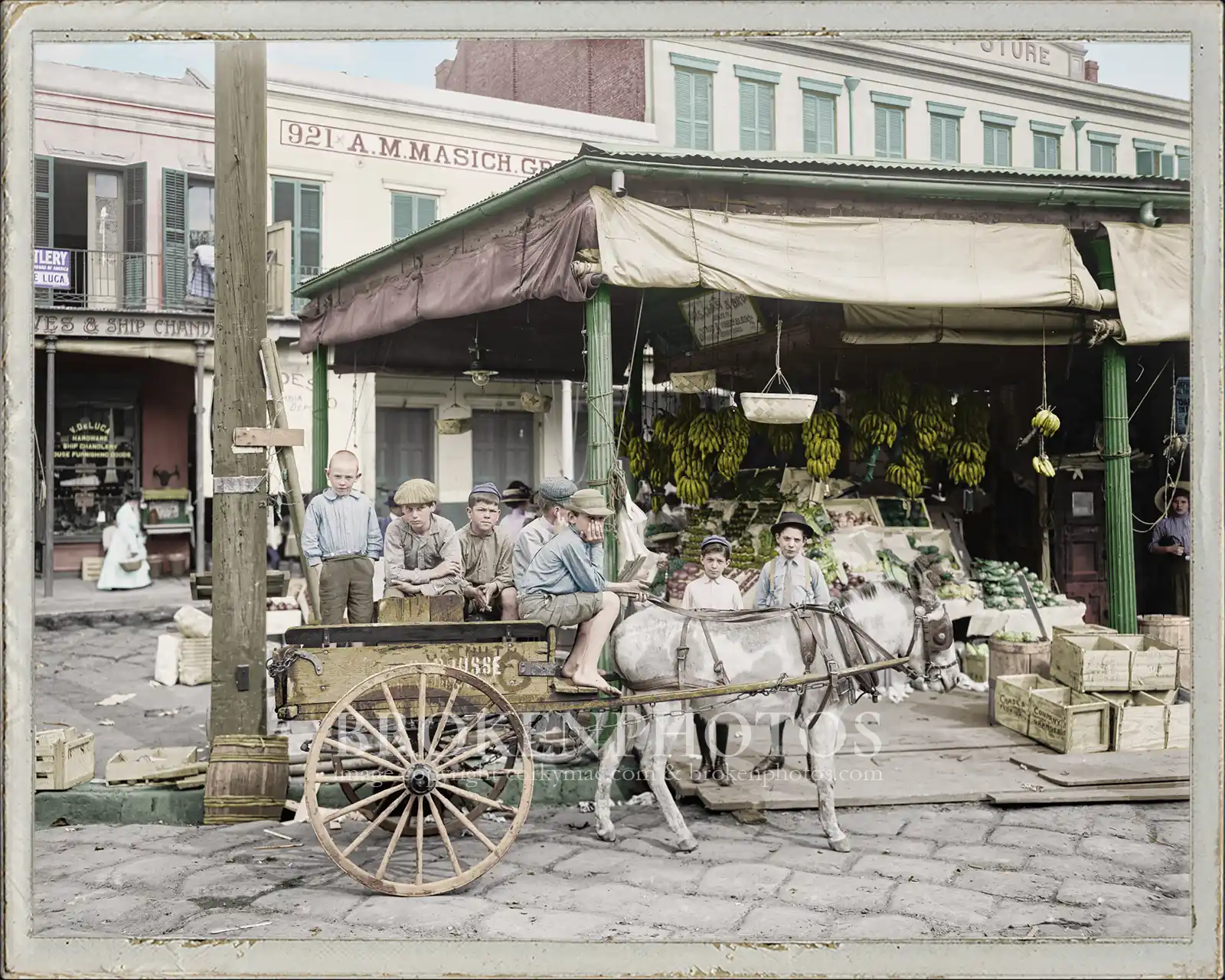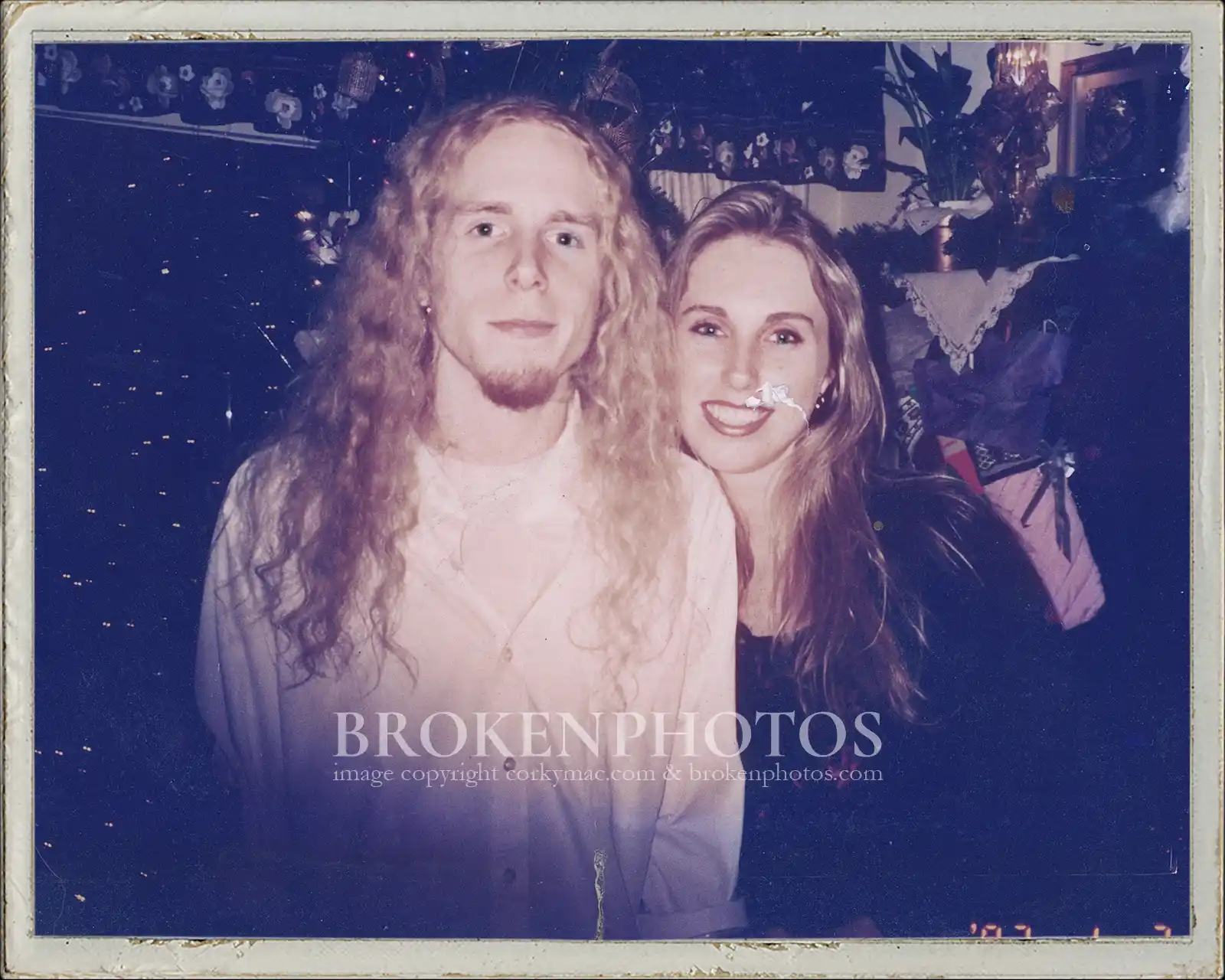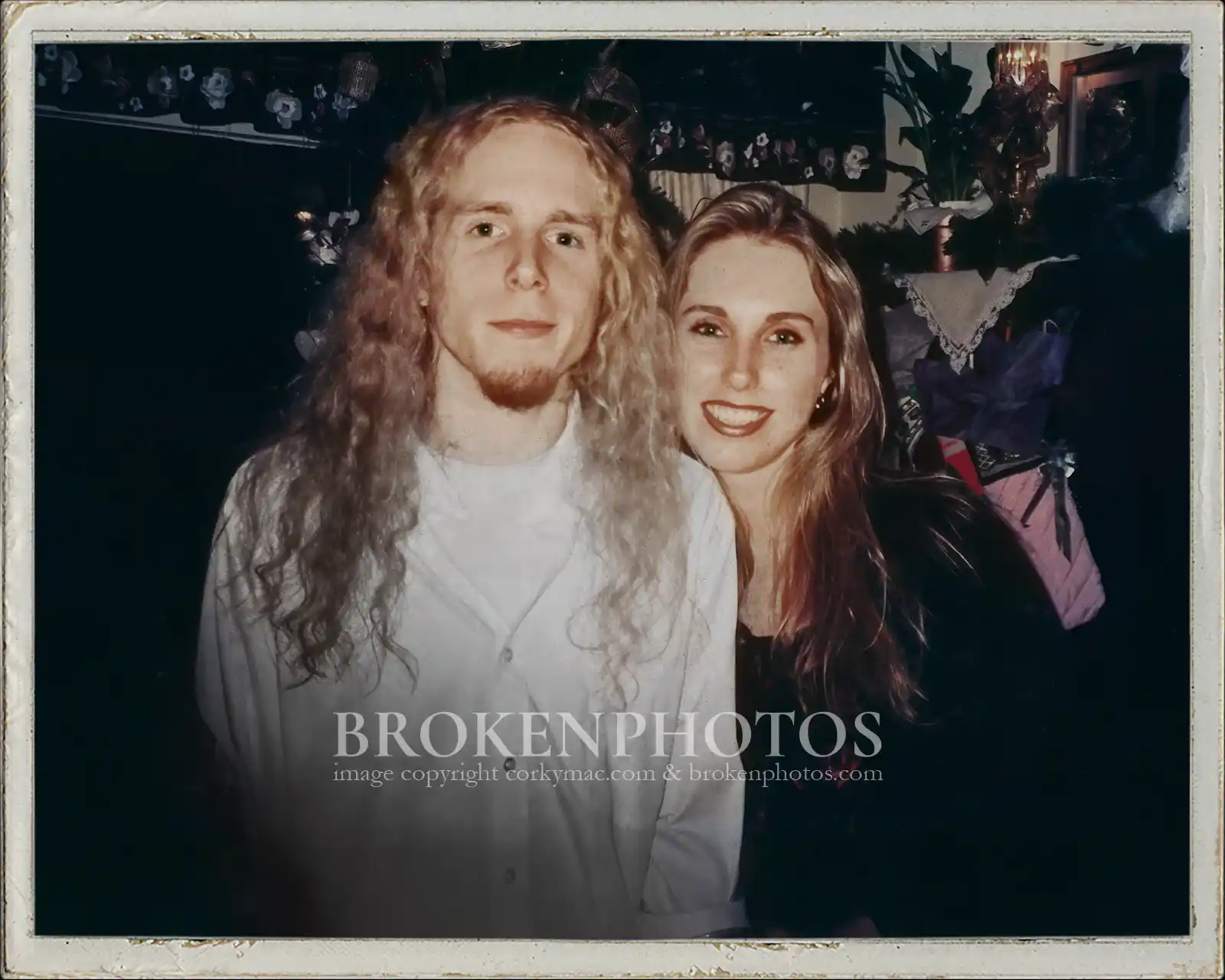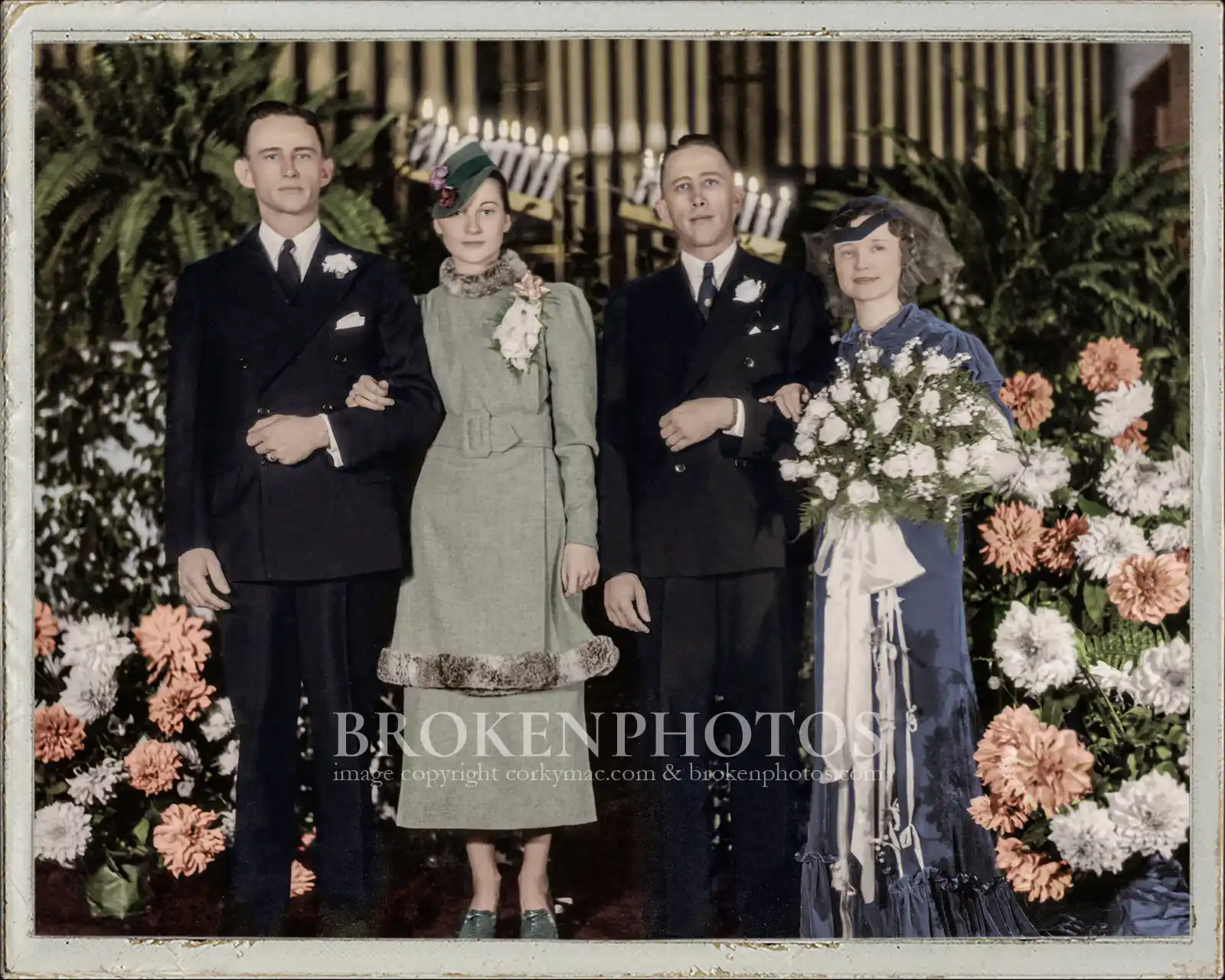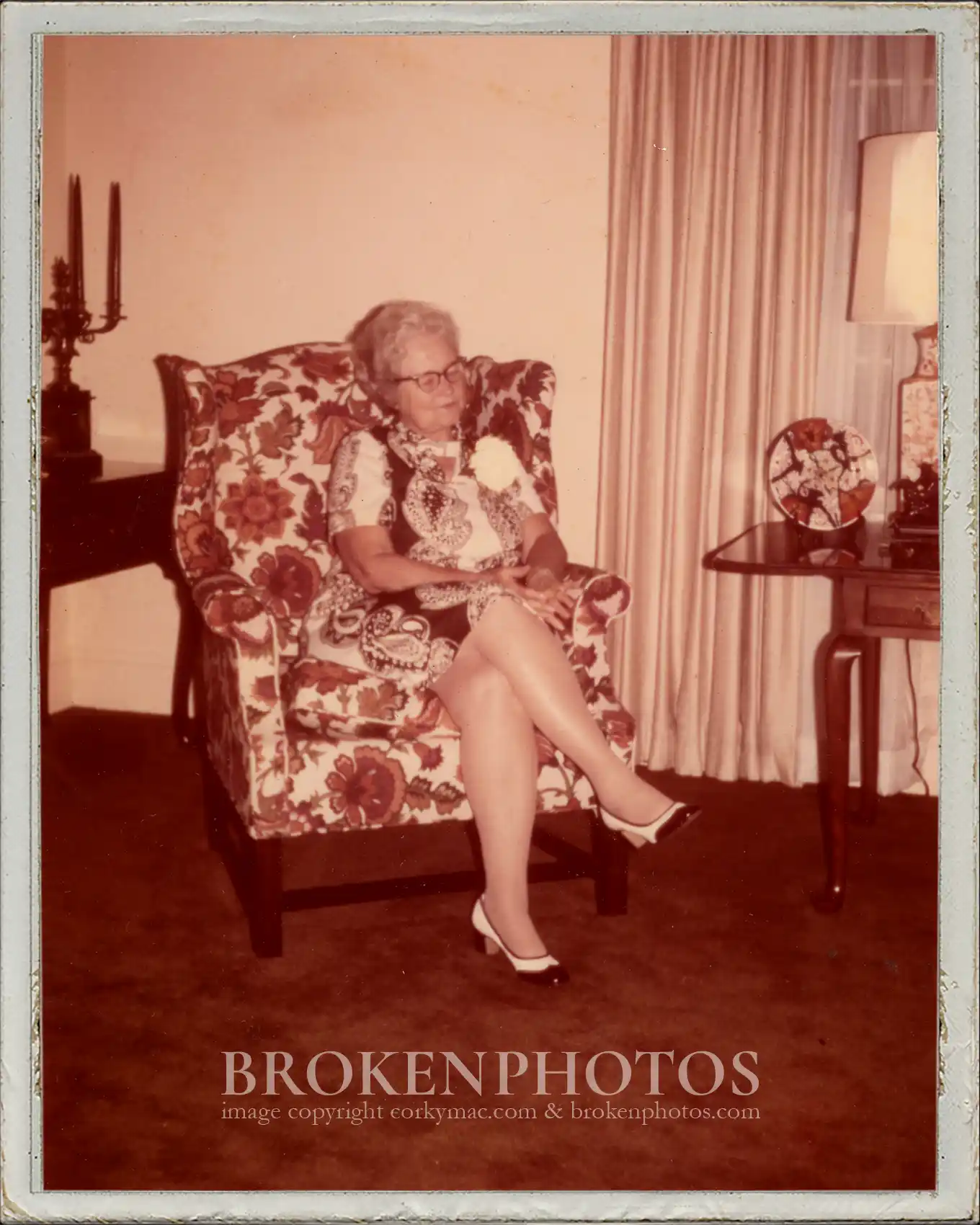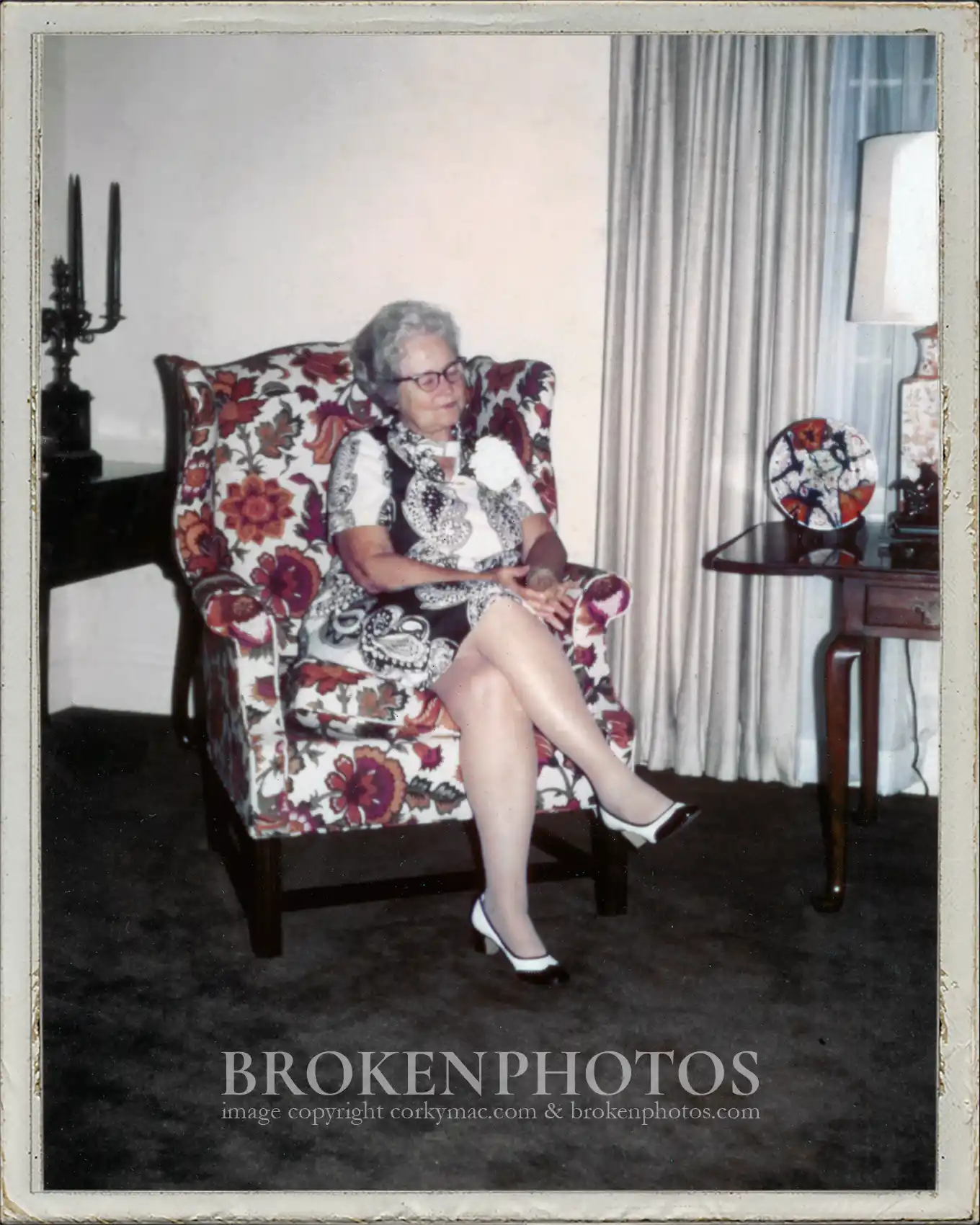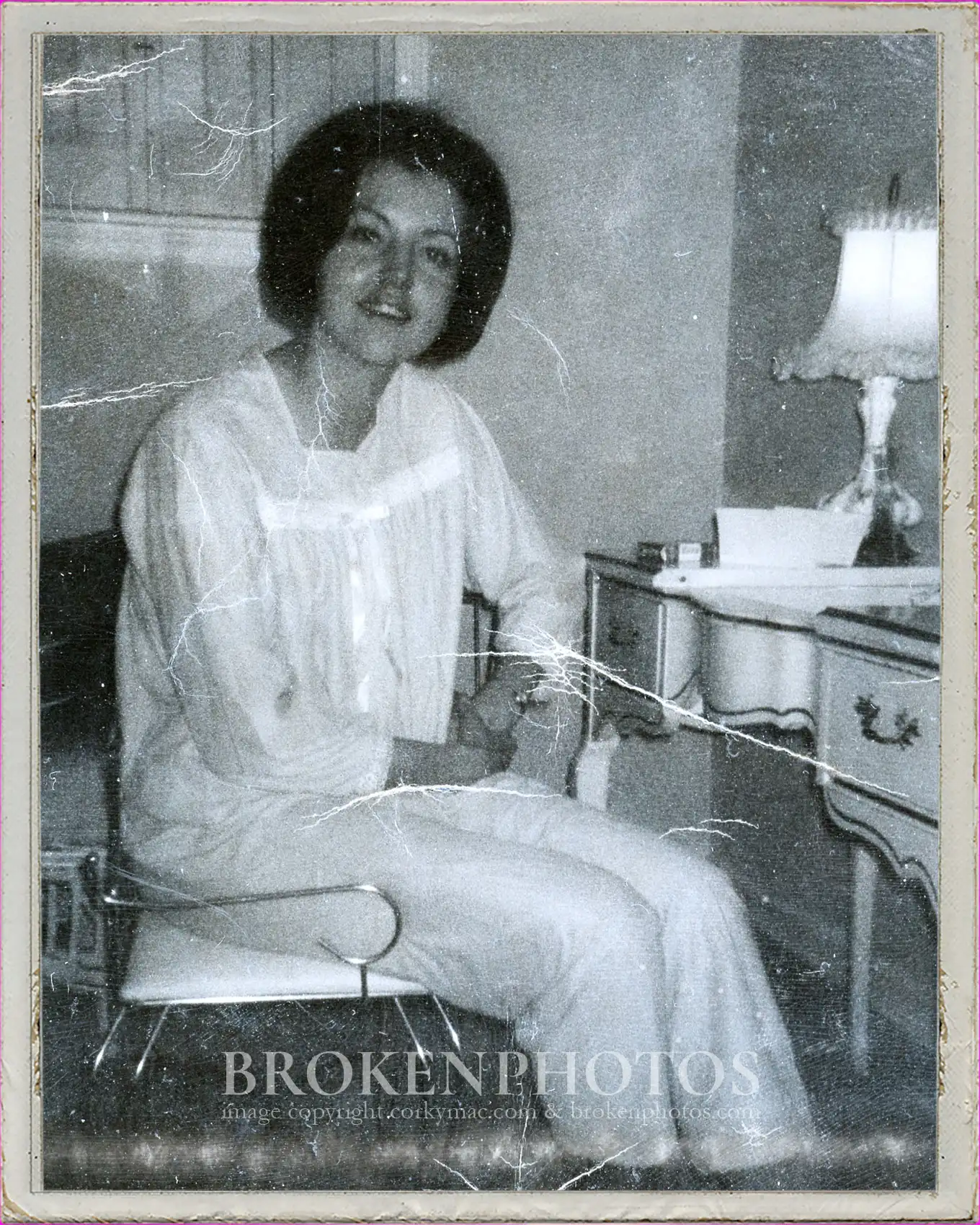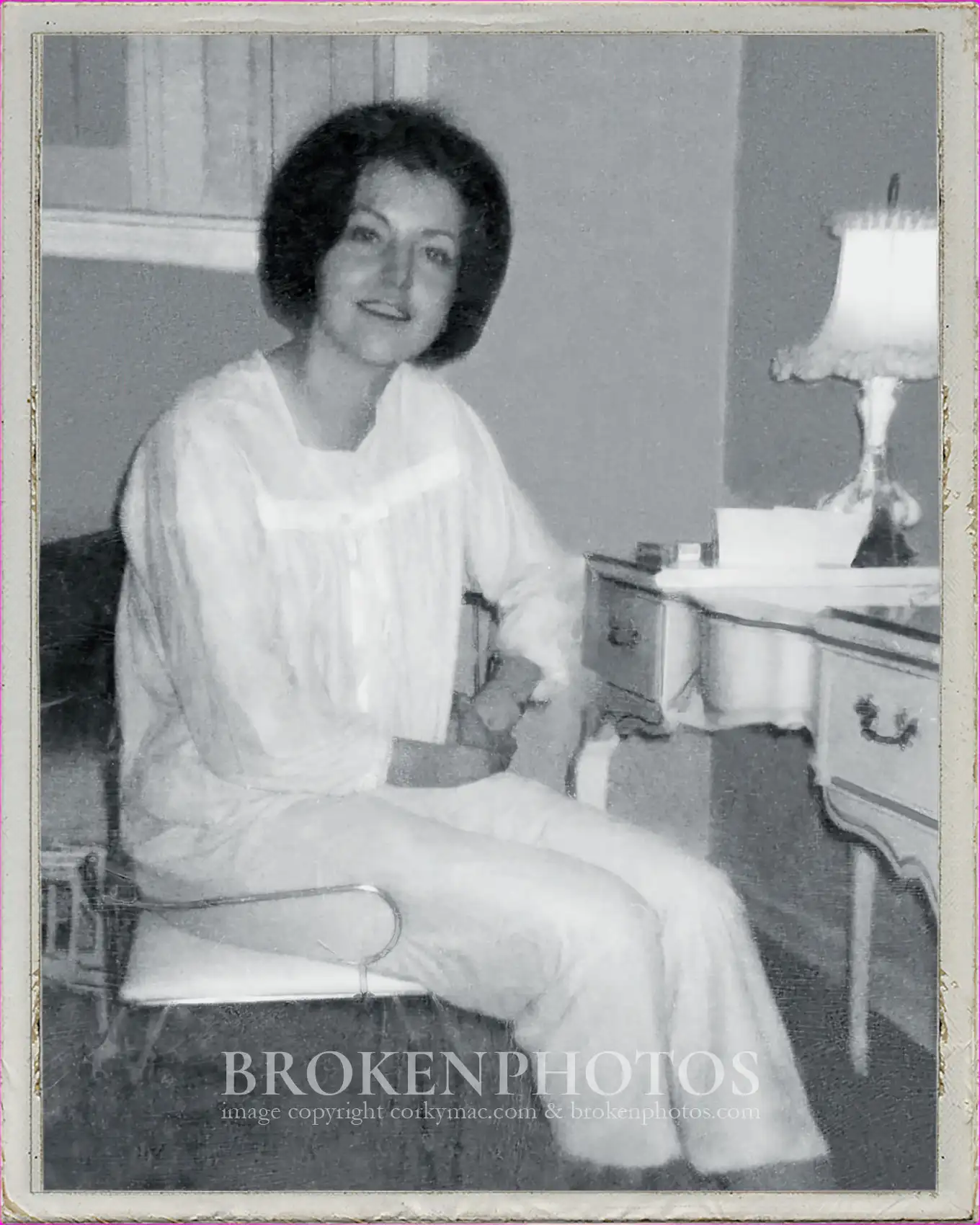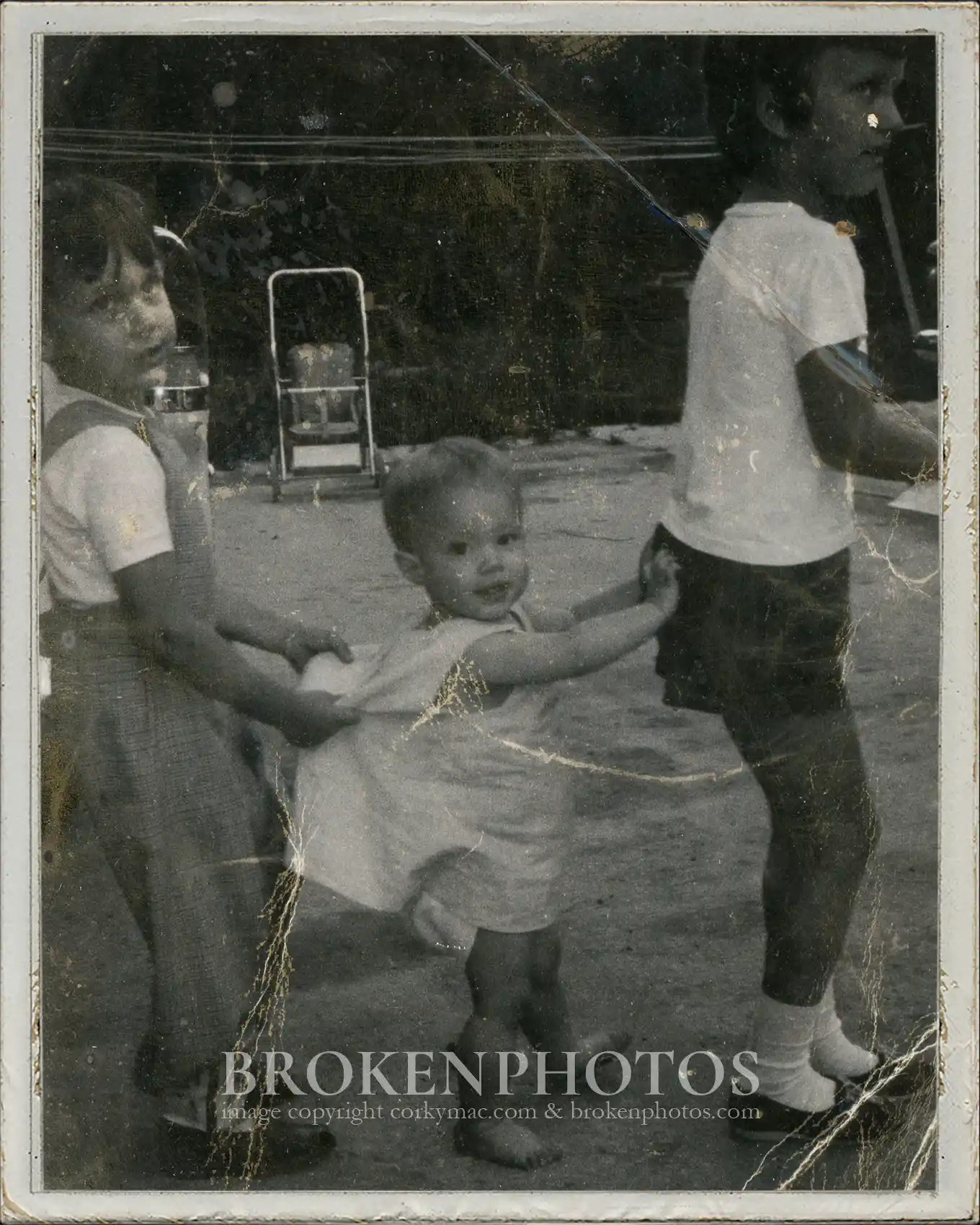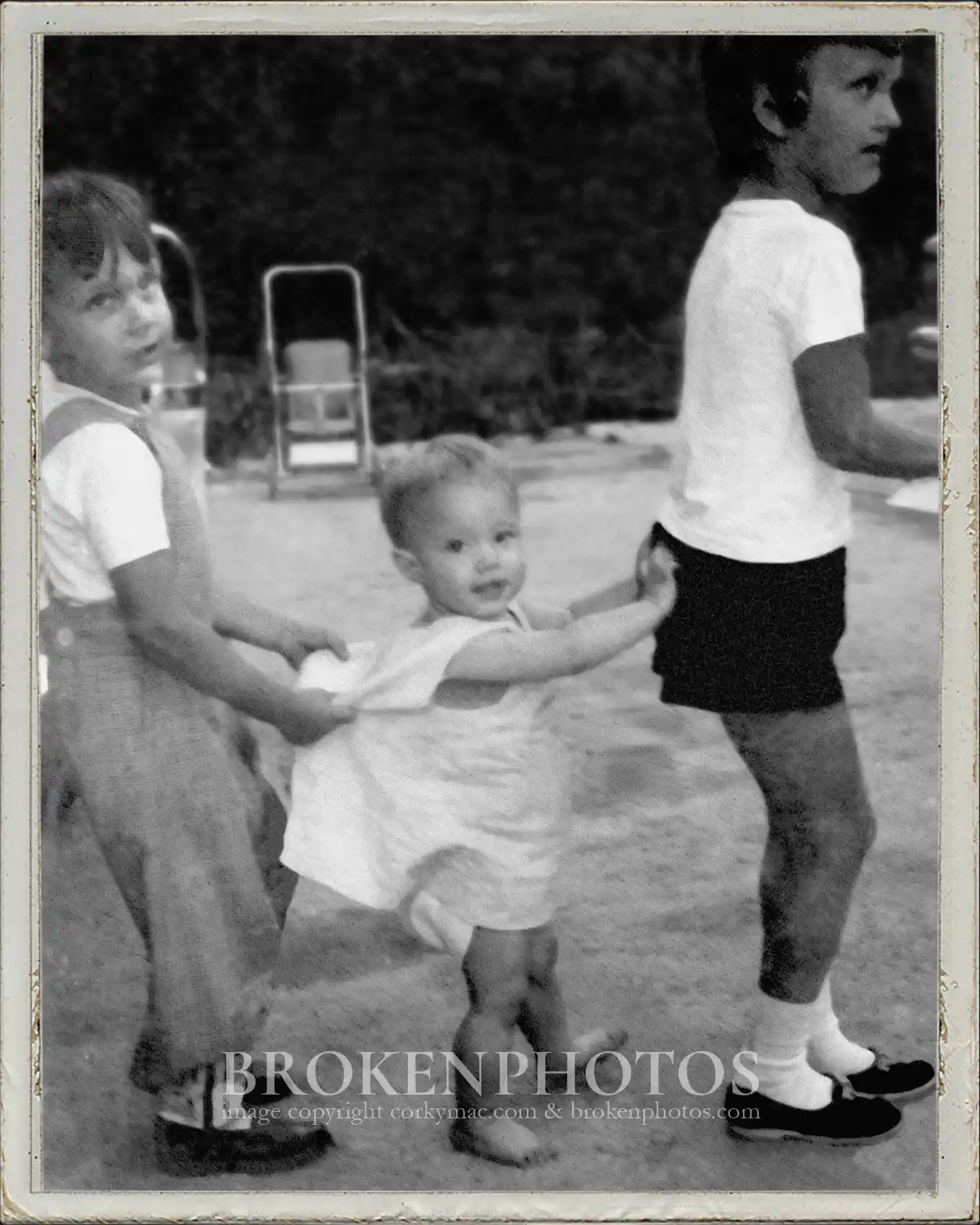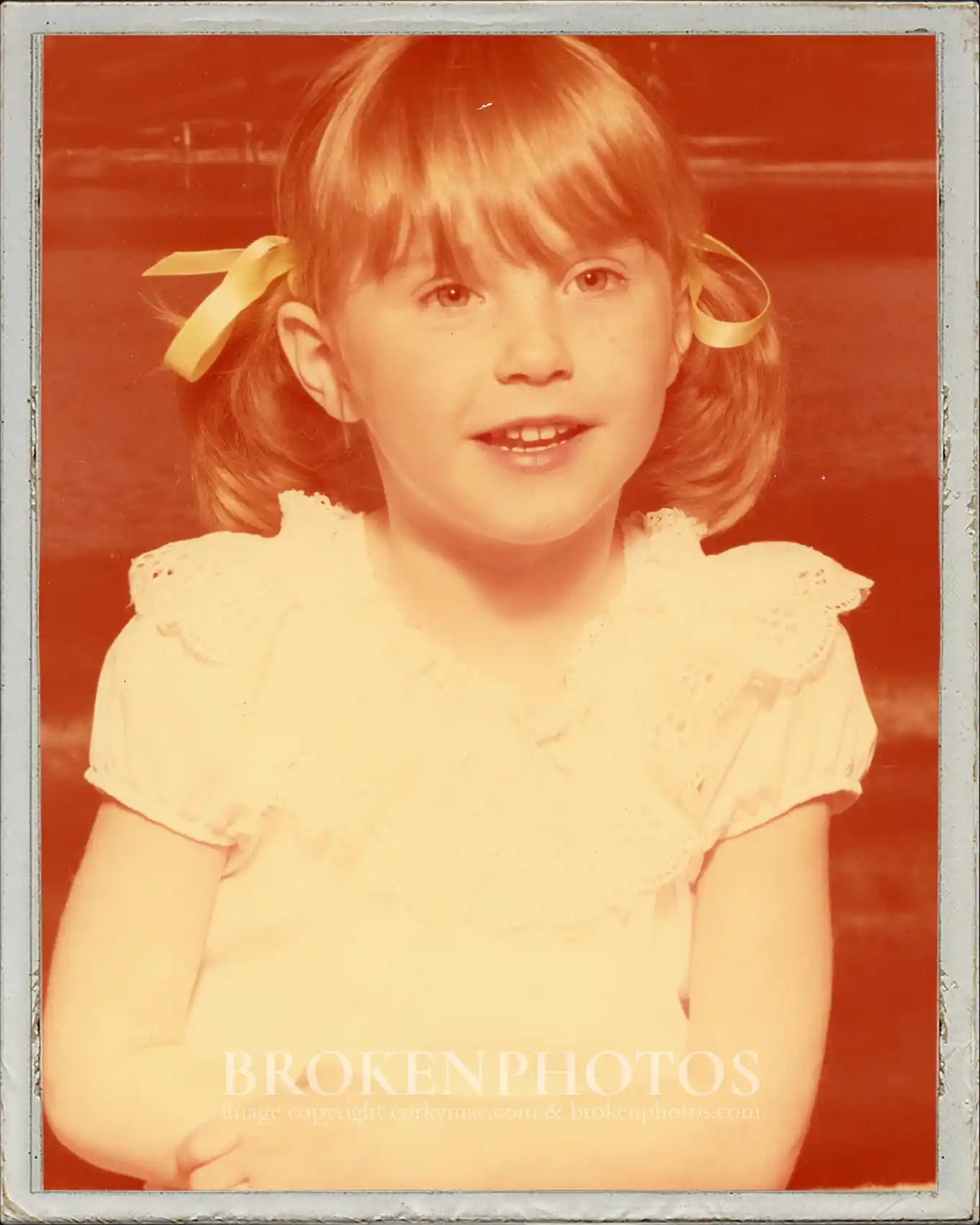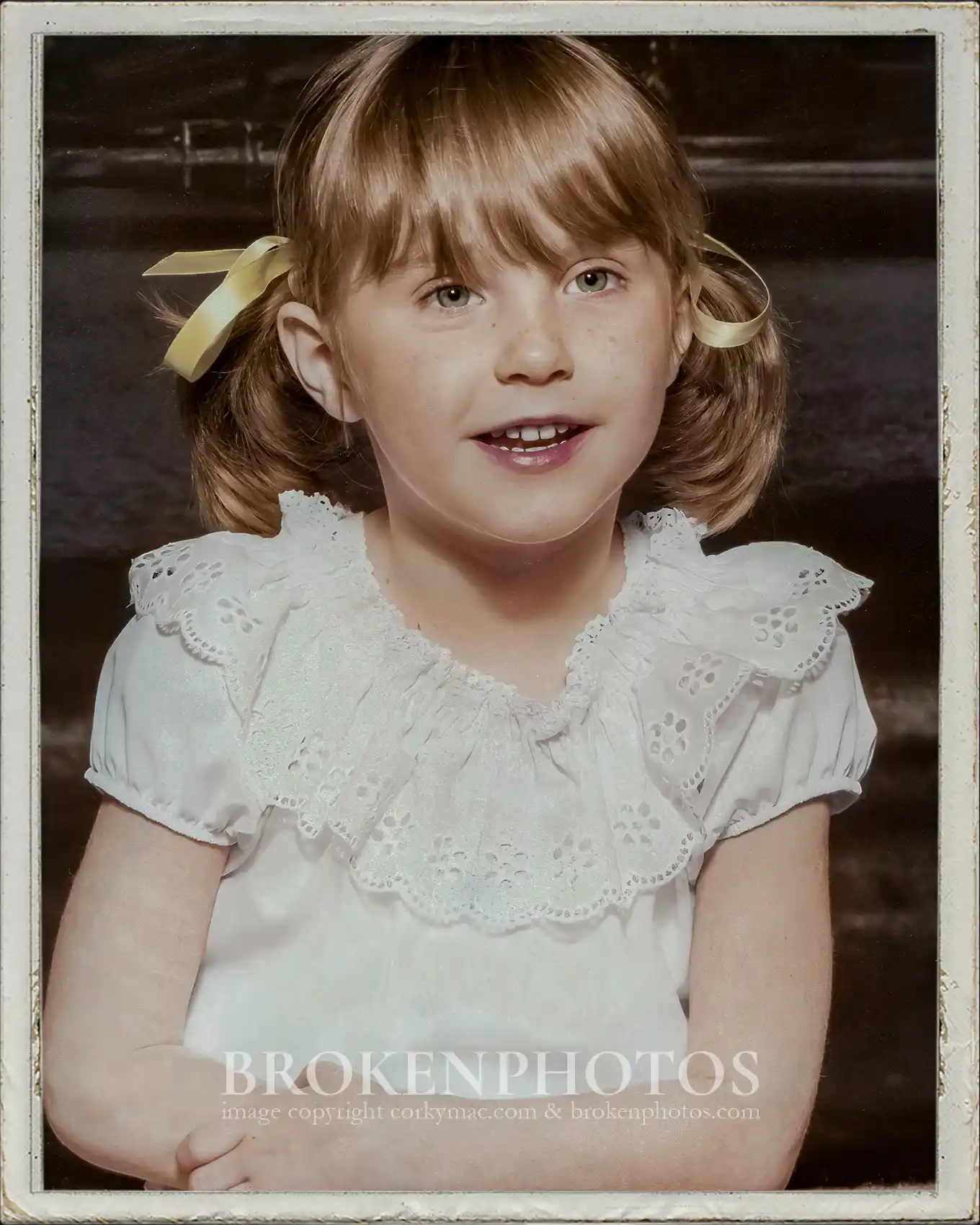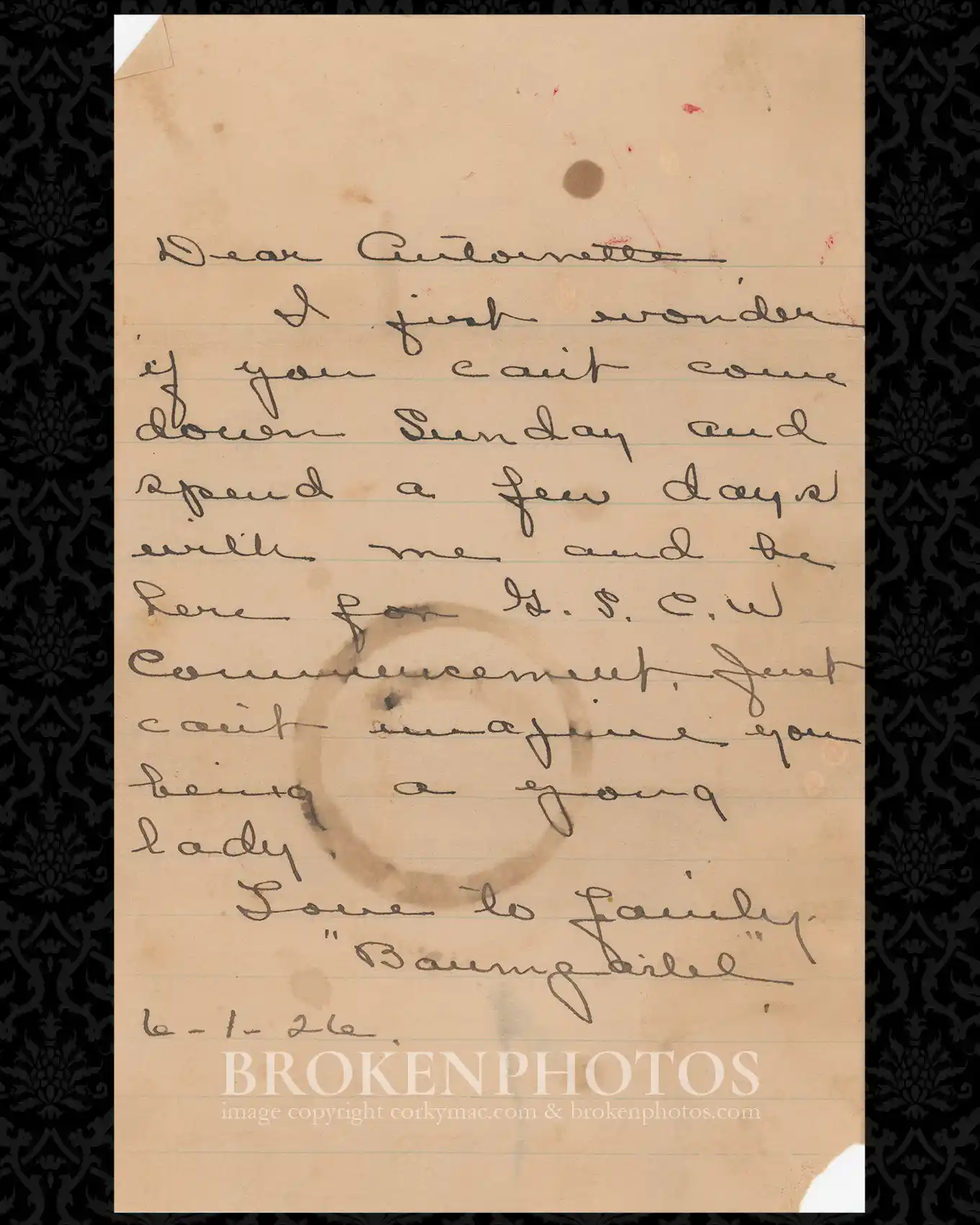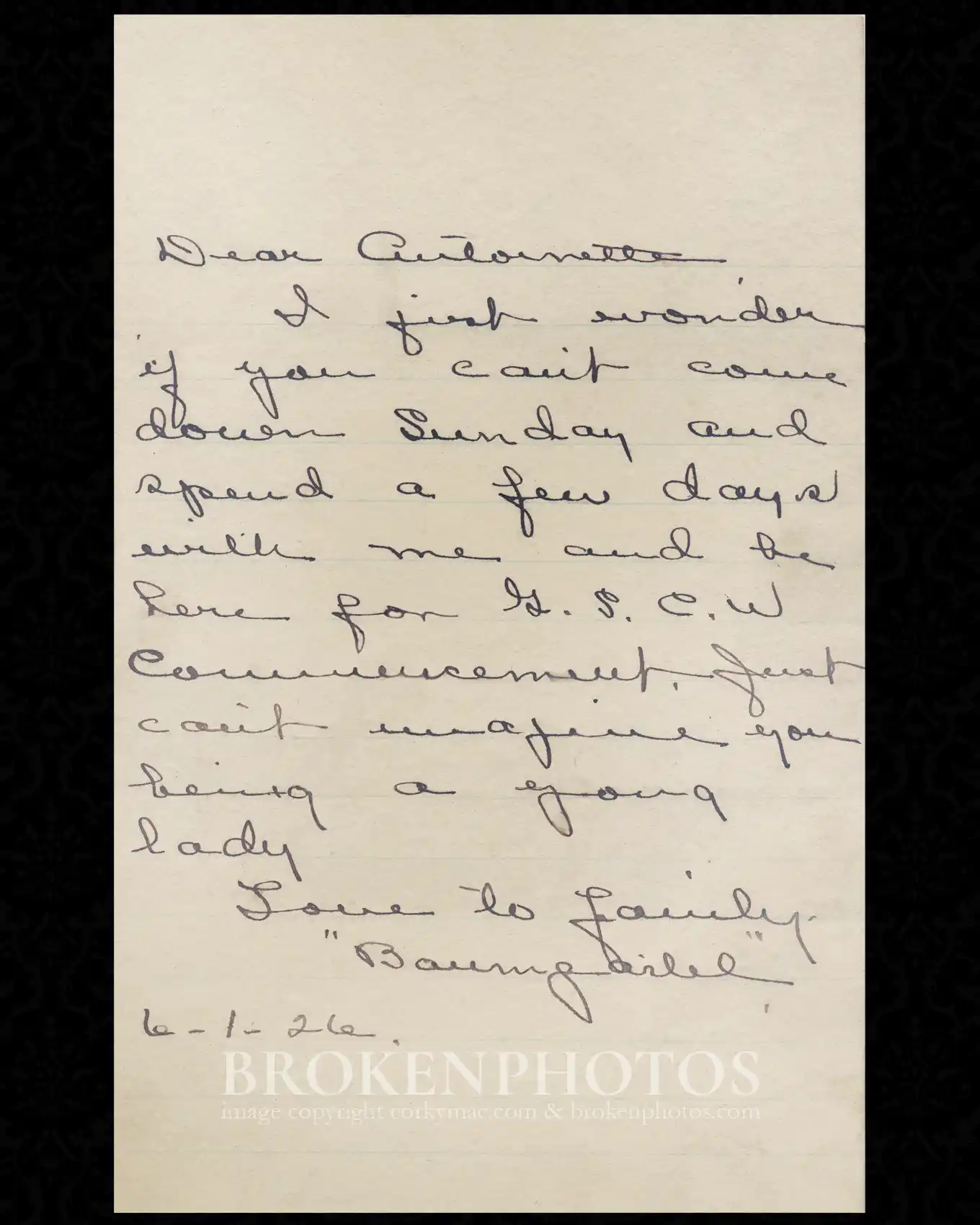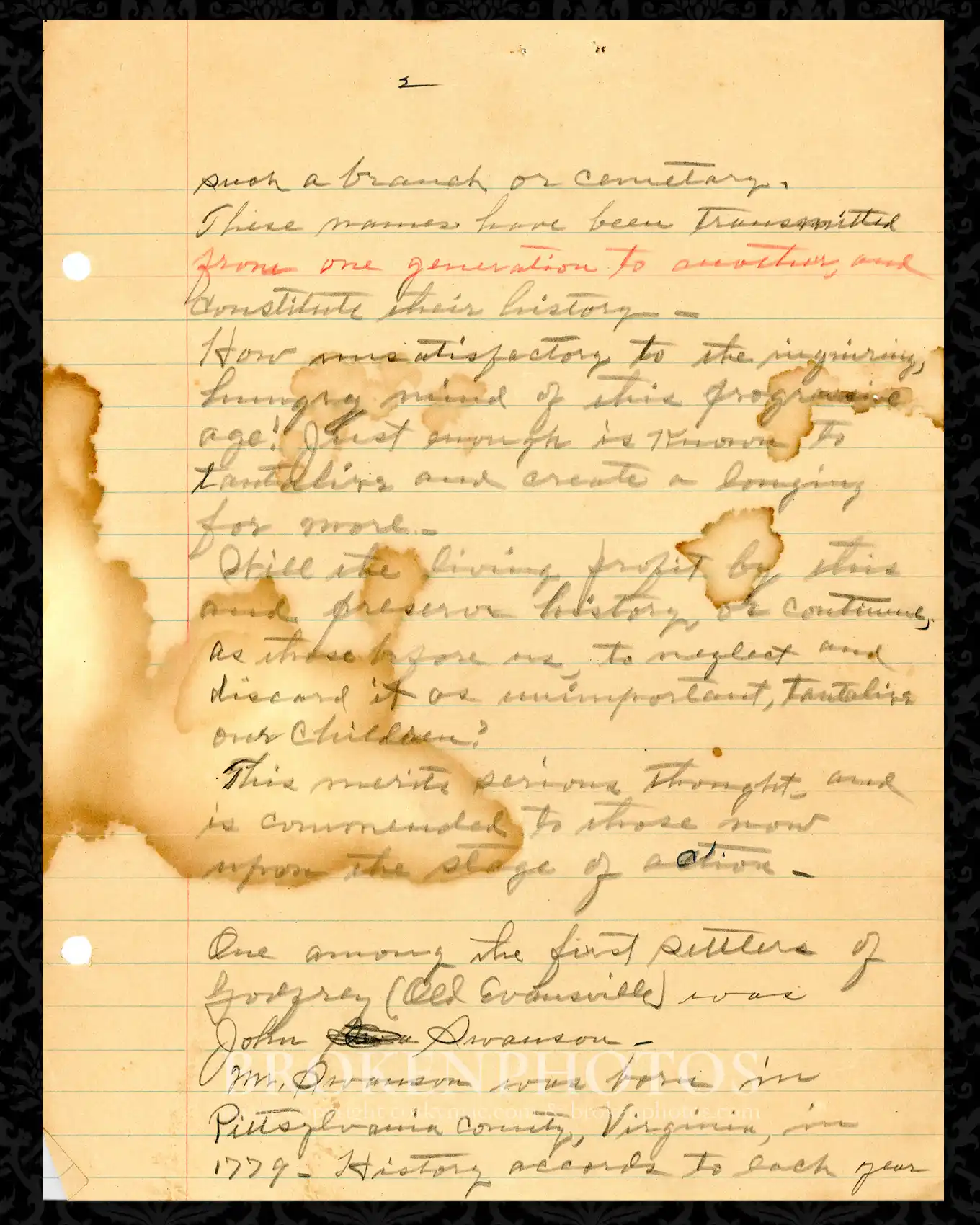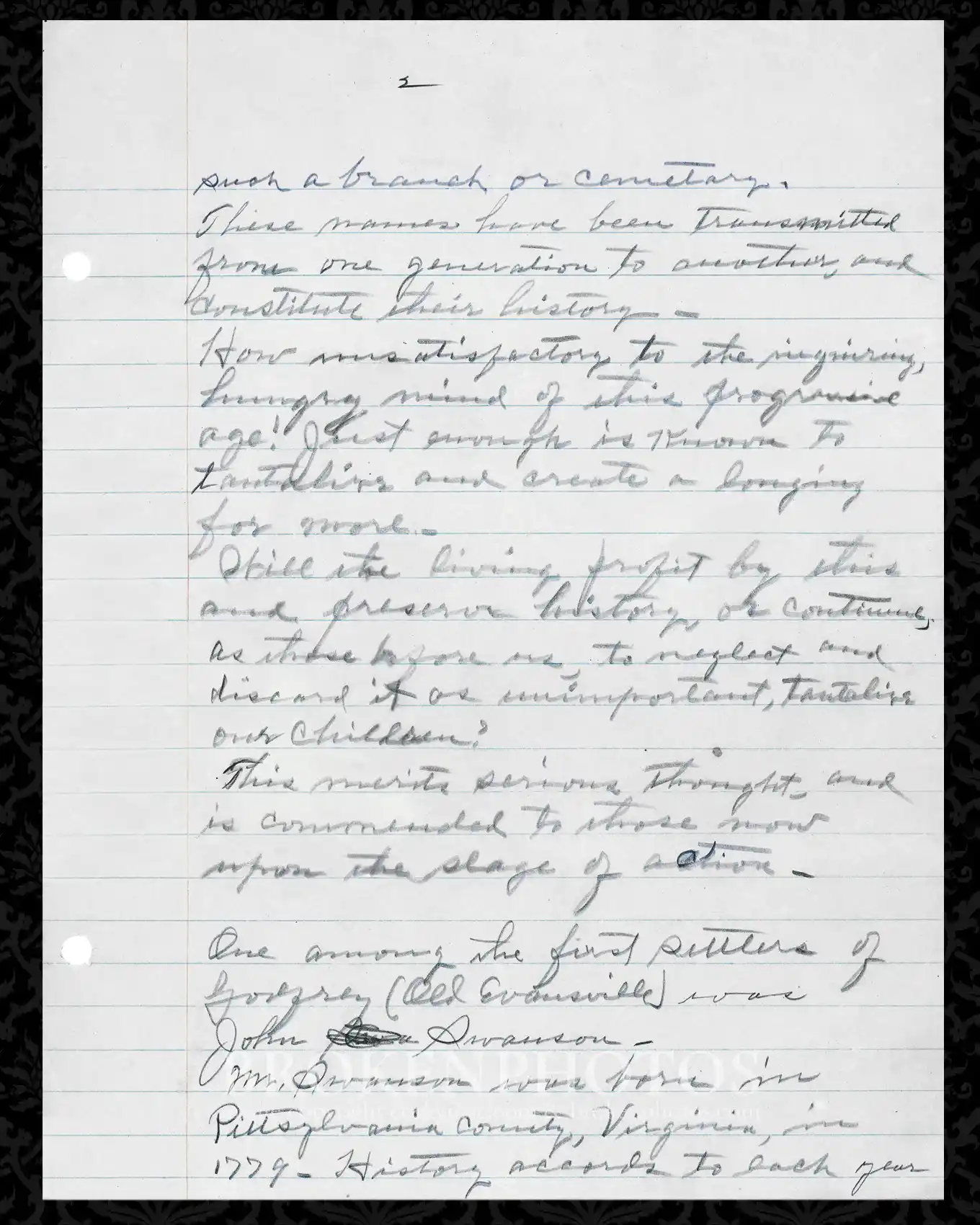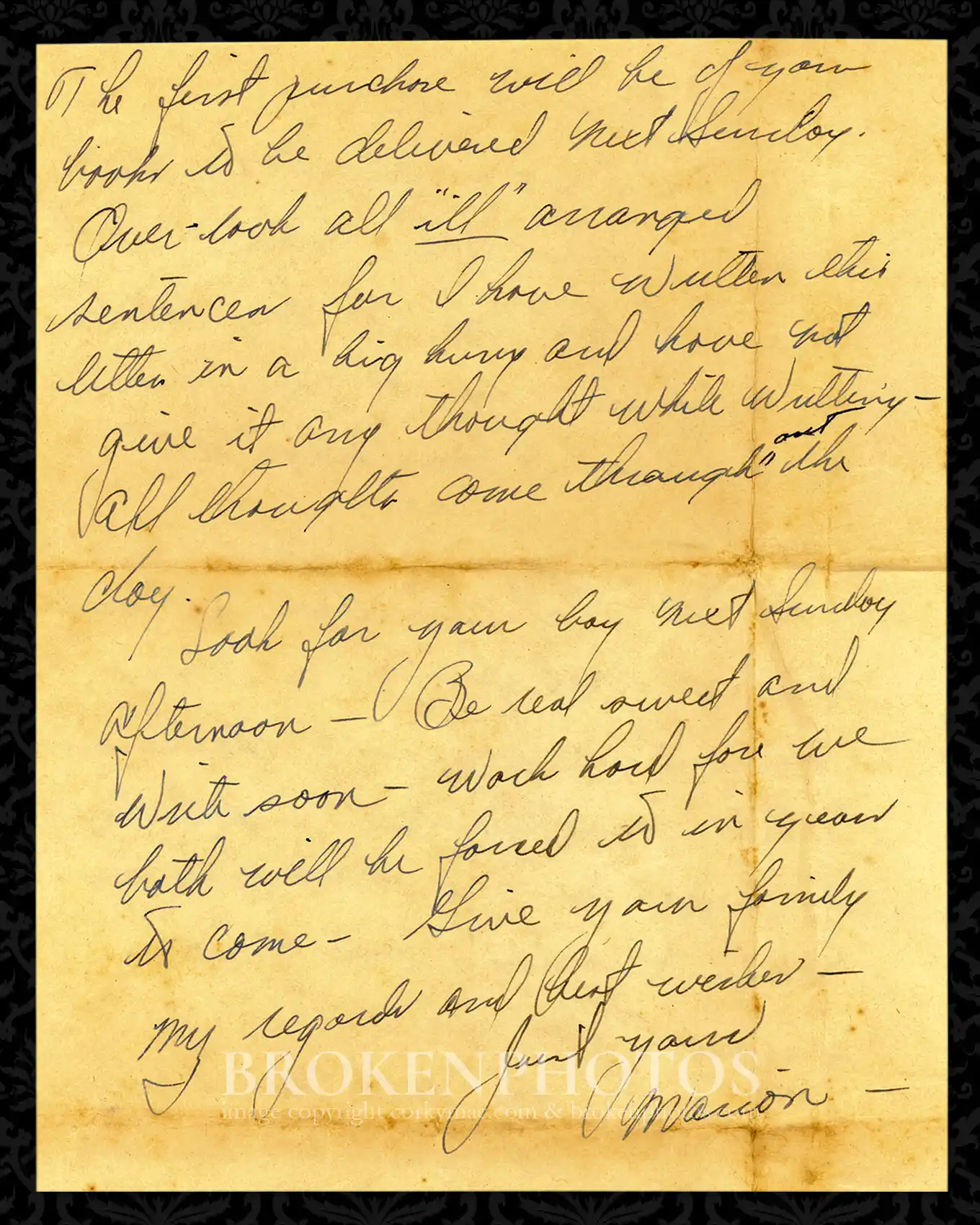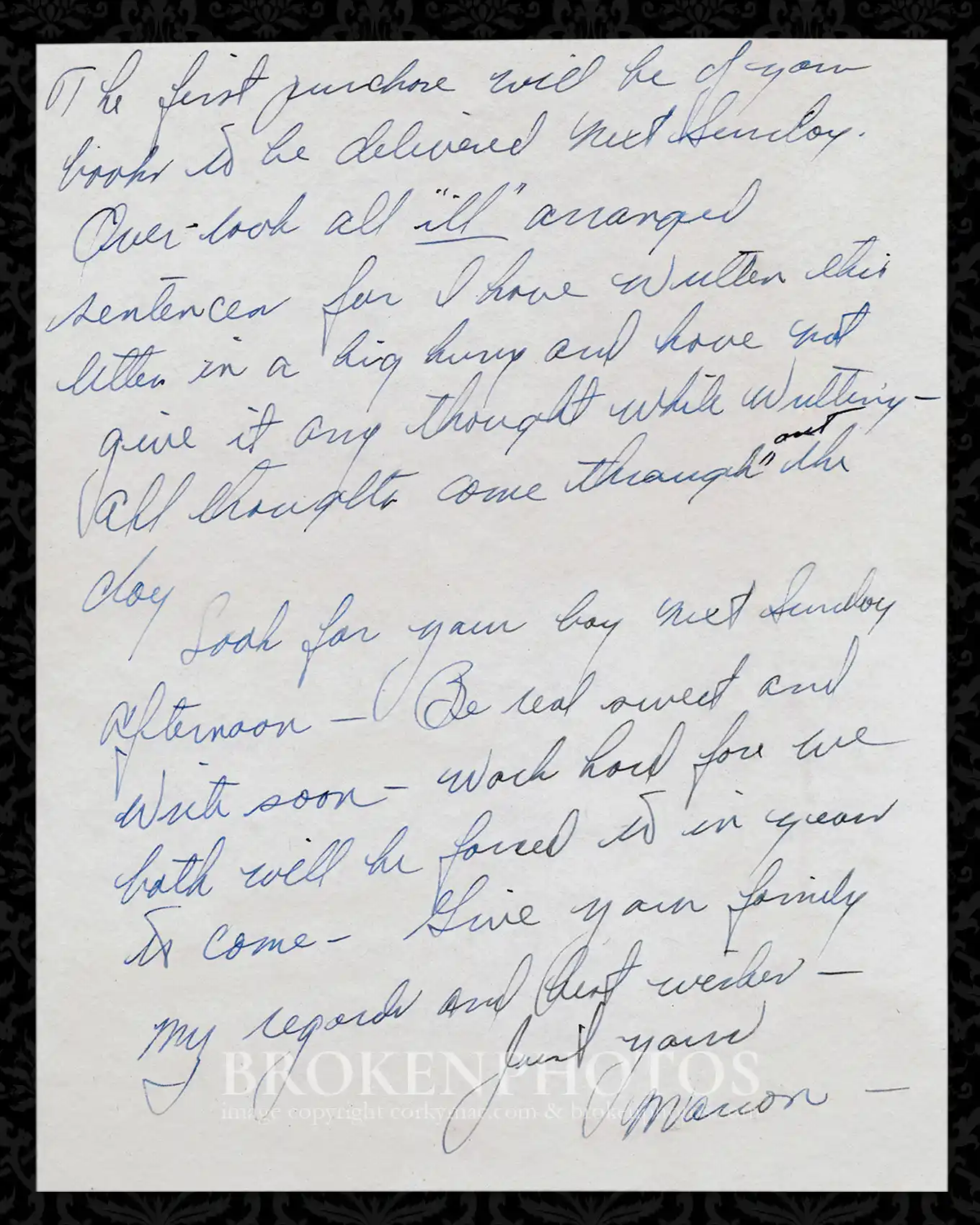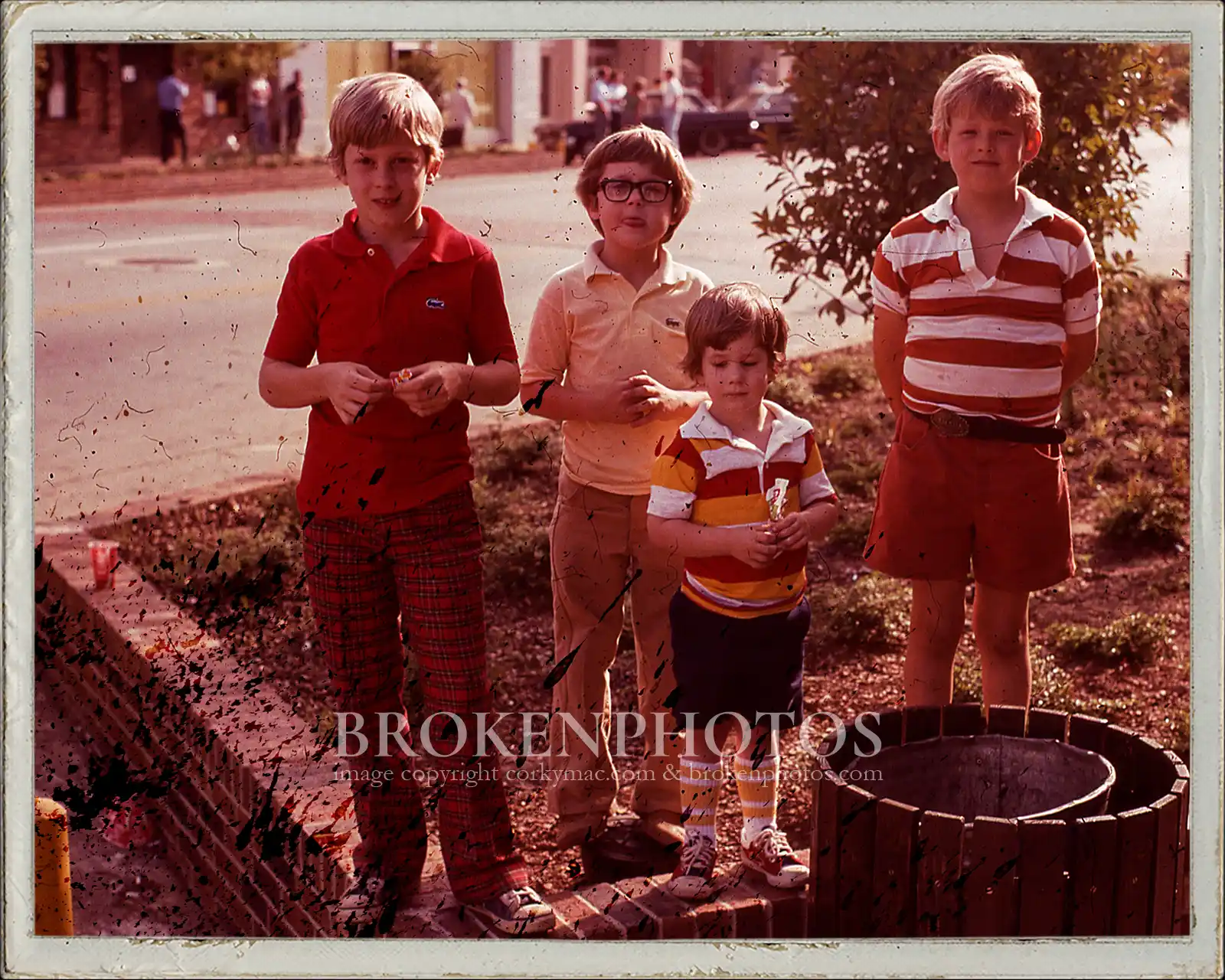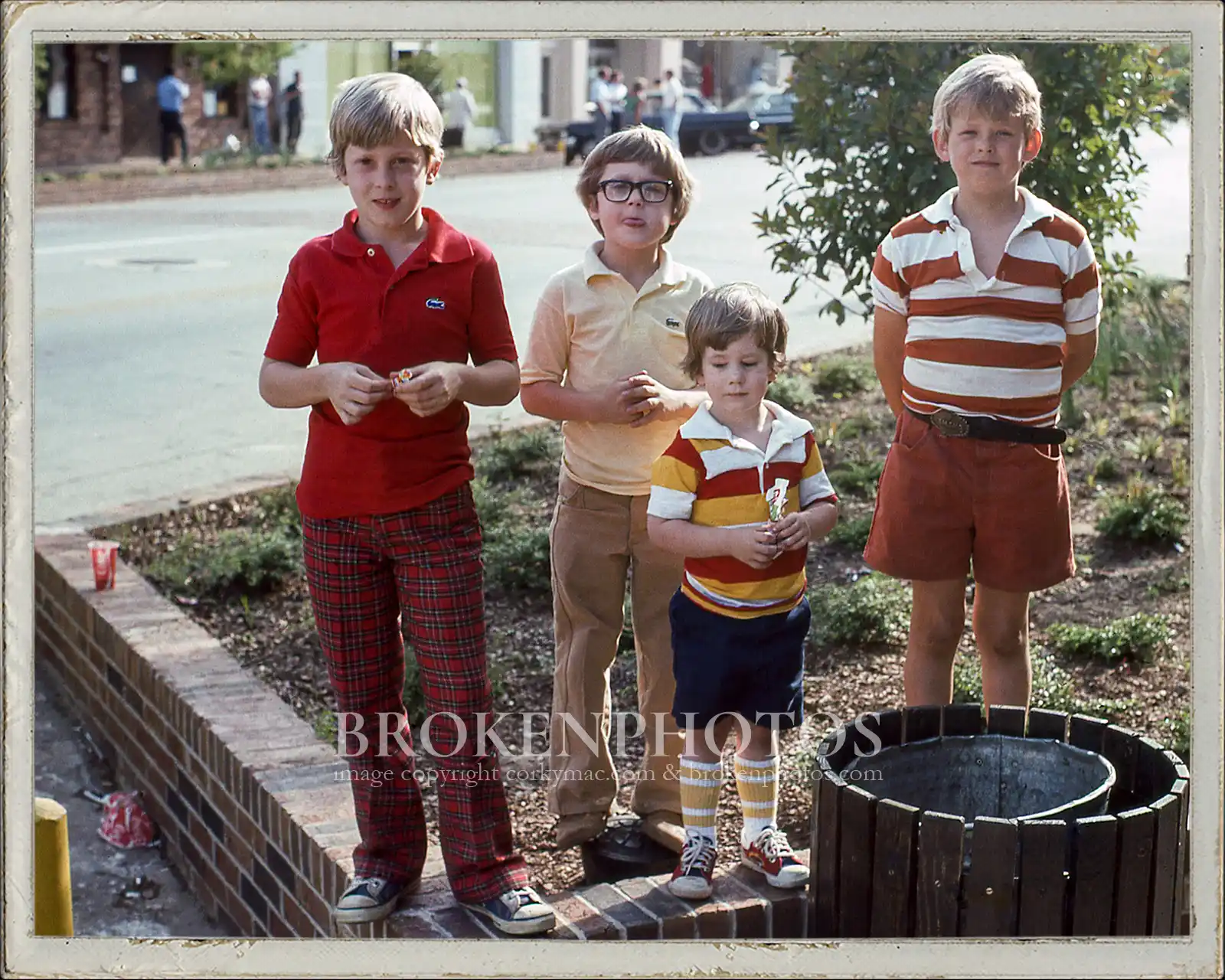The F.A.Q.
Frequently Asked Questions
CHANGE THIS
The biggest factor is how blurry the image is.
Unfortunately, very blurry images can’t be saved. Slightly or moderately blurry images can be dramatically improved with a number of techniques. The best way to determine whether or not your blurry image can be repaired is to send it to us for a Free Damage Assessment and we will let you know exactly what can be done to improve your image.
Of course! There are some things that we would recommend that will ensure that you get the best possible scan possible so feel free to reach our to us via our Contact form and we’ll be glad to help.
This will solely depend on the original image and what you are wanting to do with the final retouched image.
Just like traditional photo albums, the lifespan of a printed photo book can be dramatically affected by the environment in which it is stored and how often it is handled. Our high-quality photo books are printed on archival-grade paper and, if stored correctly, can last for several decades. They are also not subject to the same quality loss or color shifts as traditional photo prints in old albums.
Older photo albums may be causing more harm than good. Many older albums do not contain acid-free paper or have plastic sleeves that may contain BPS, which could aggravate ongoing color shifts or exacerbate image degradation. They can often include adhesives that cause additional problems, the biggest of which is binding the images to the album, making removal without damaging it difficult or impossible.
Modern photo albums are much better at protecting your images but have drawbacks. They are almost always big and bulky when loaded with prints and can weigh a ton. Albums also take up a significant amount of shelf space, are difficult to share, and don’t look all that great on a coffee table or an end table.
Photo Books are a more modern and visually appealing aesthetic compared to traditional photo albums and are a much better long-term option for easy viewing, portability, and durability.
Technology changes rapidly, and the longevity of digital media is somewhat uncertain. What is considered standard now may not even be a part of the conversation in as little as five years. As long as we have been working with images, we have seen dramatic technological changes in every aspect of the imaging business.
Remember Floppy Discs?
In 1999, we purchased our first digital camera – a Sony Mavica MVC-FD83 – even though it was a little over $1,000 and used Floppy Disks as storage; we still bought it. We were convinced this new digital route was the way of the future. The Floppys were inconsistent, only held about five photos per disk, and the printed images were a whopping 4 “x 3” and not sharp and crisp. Flash forward 20 years, and the magnetism that “holds” the data on the tape has begun to degrade, making the data (images) lost to the sands of time.
I still have a few floppy discs in an archival box, but who still has a floppy disc drive?
Frequently Asked Questions
*Ghosting occurs when you can see the writing or type on one side of paper from the other side of the page. Ghosting can occur during the scanning process or because of the age or thickness of the paper and the type of ink. It also seems to be more visible with handwritten documents on old lined paper making them somewhat difficult to read.


